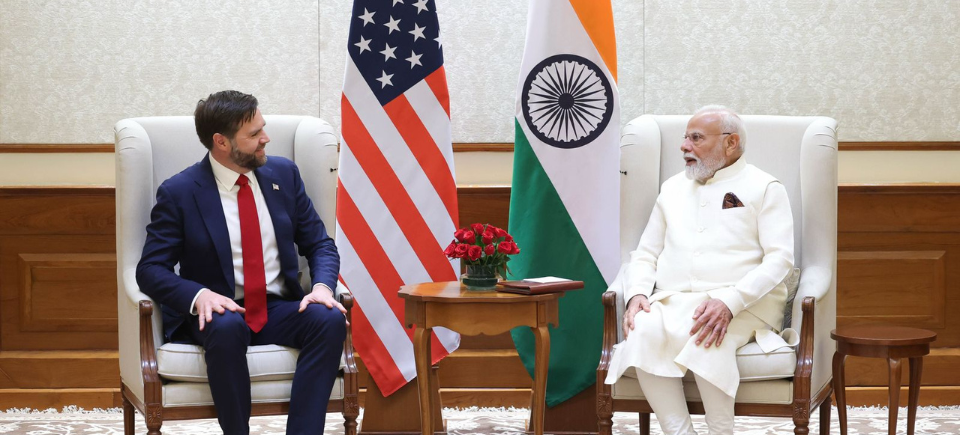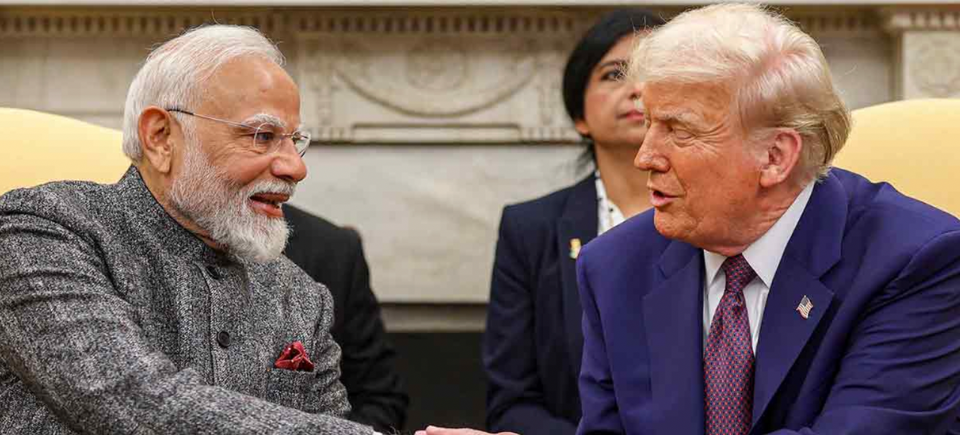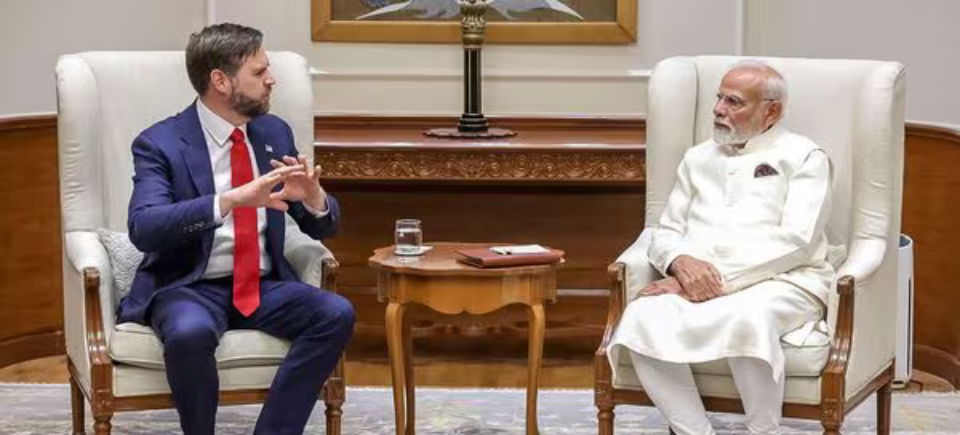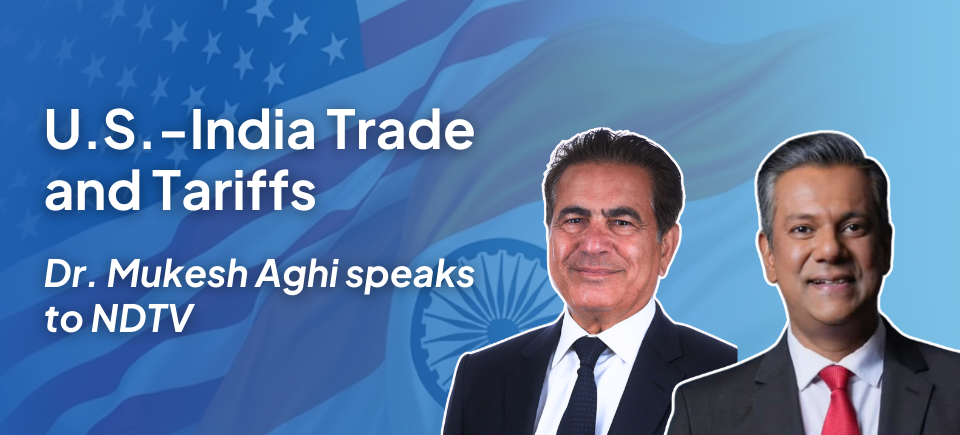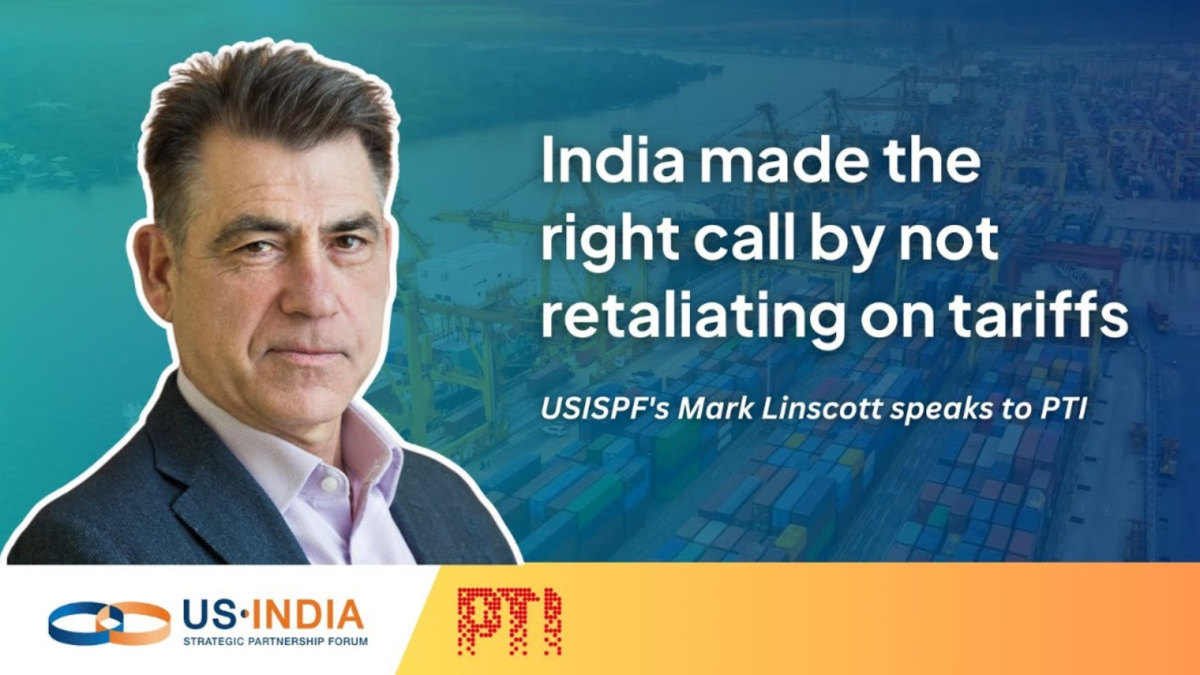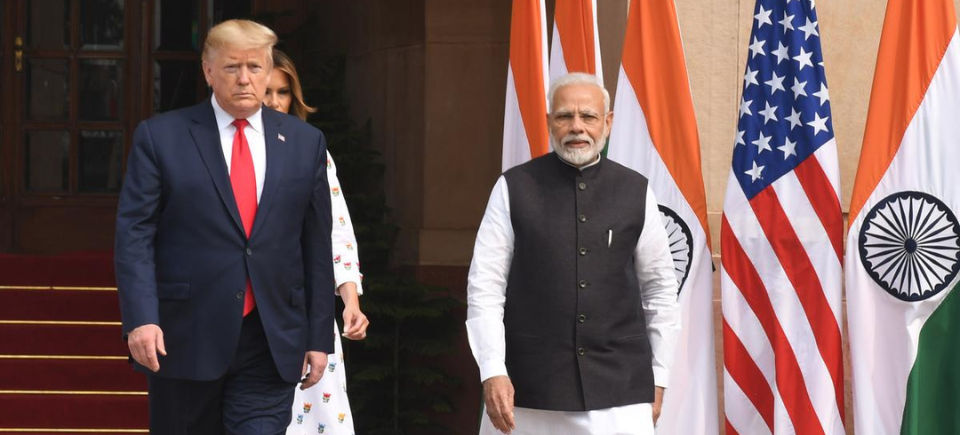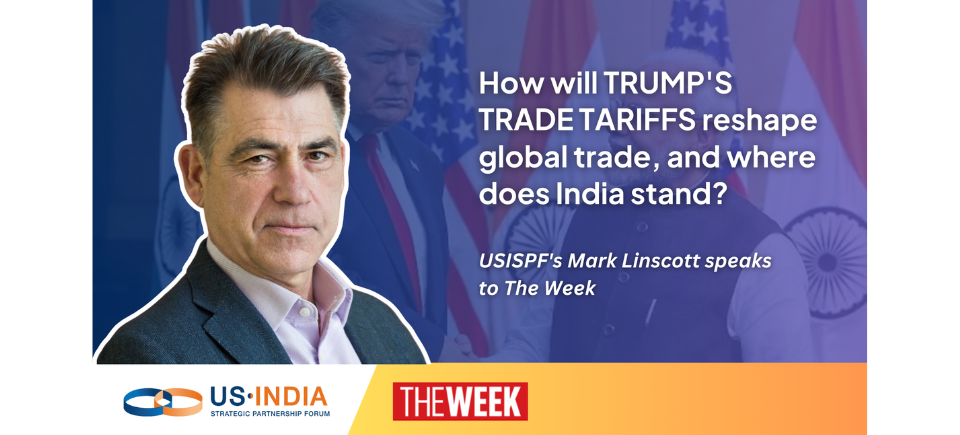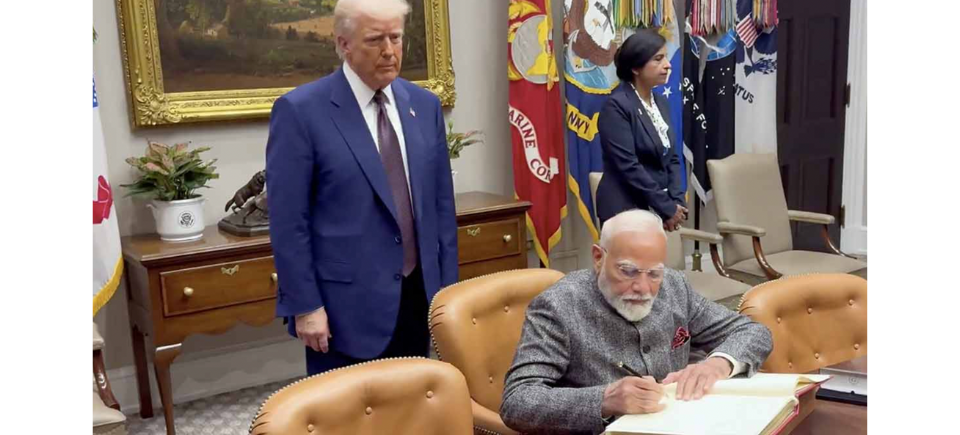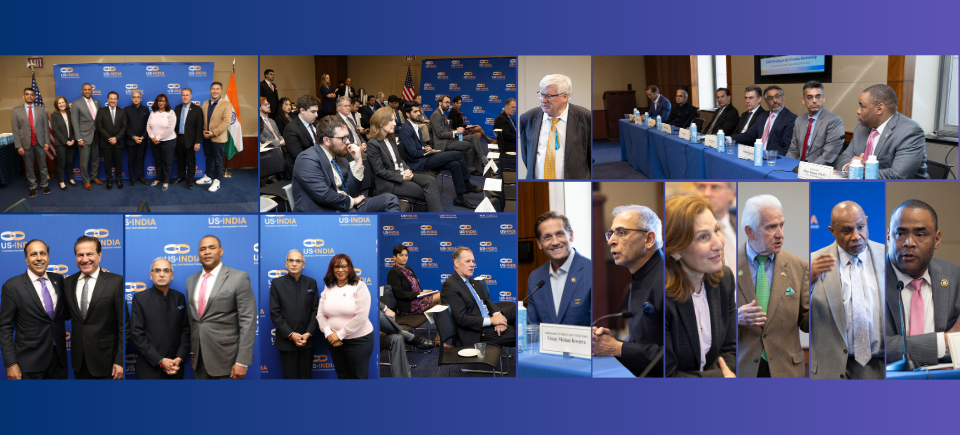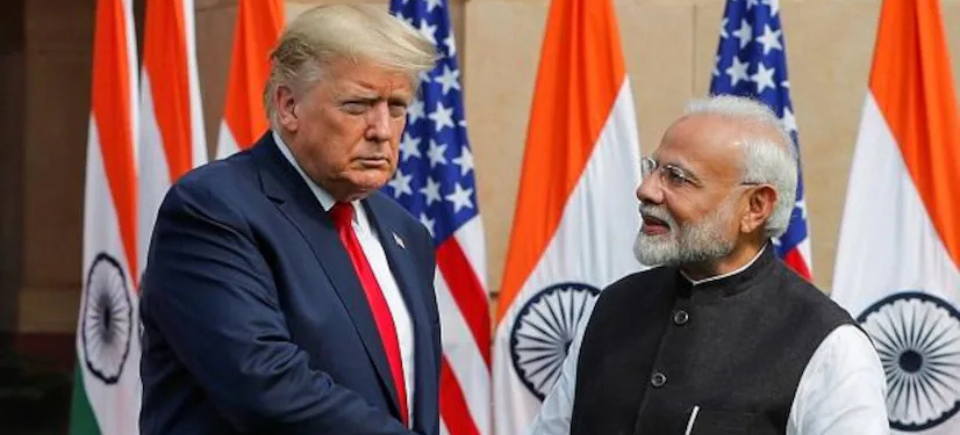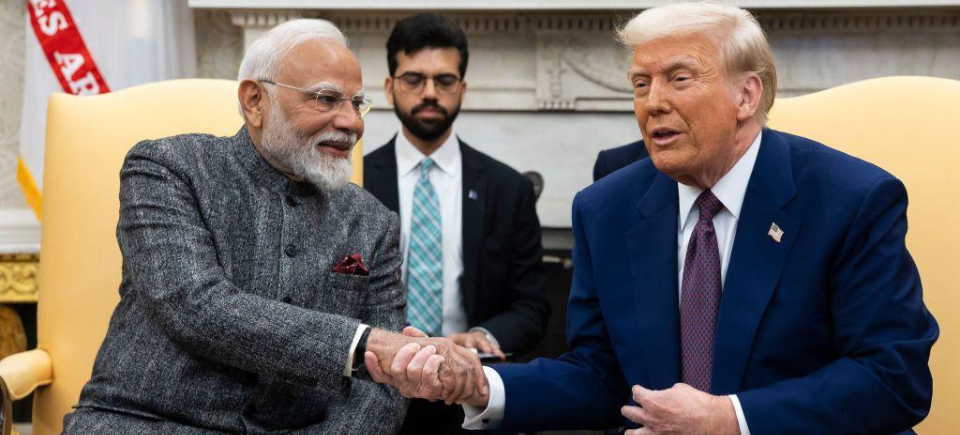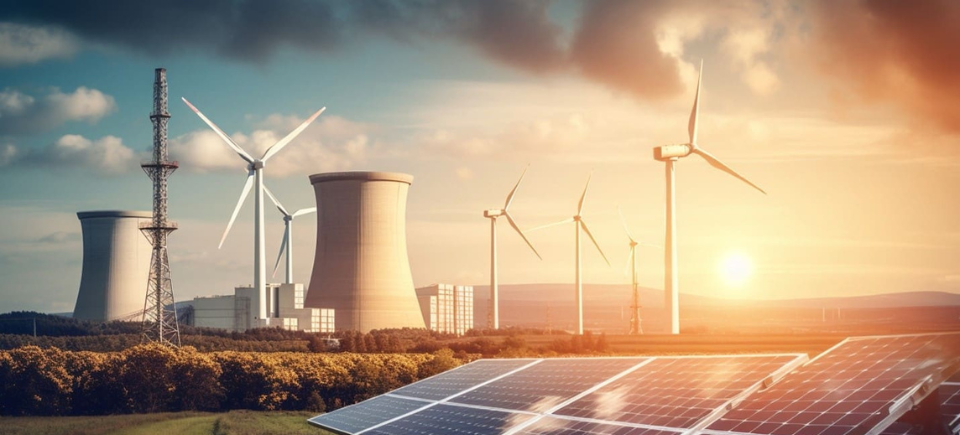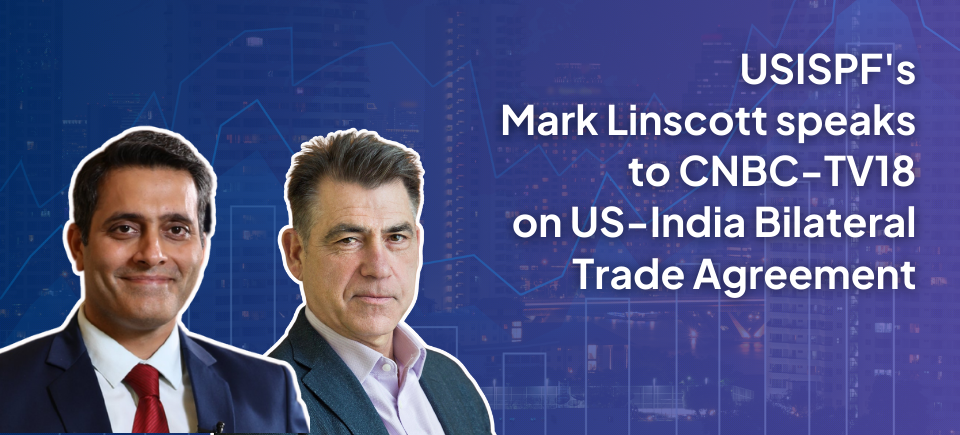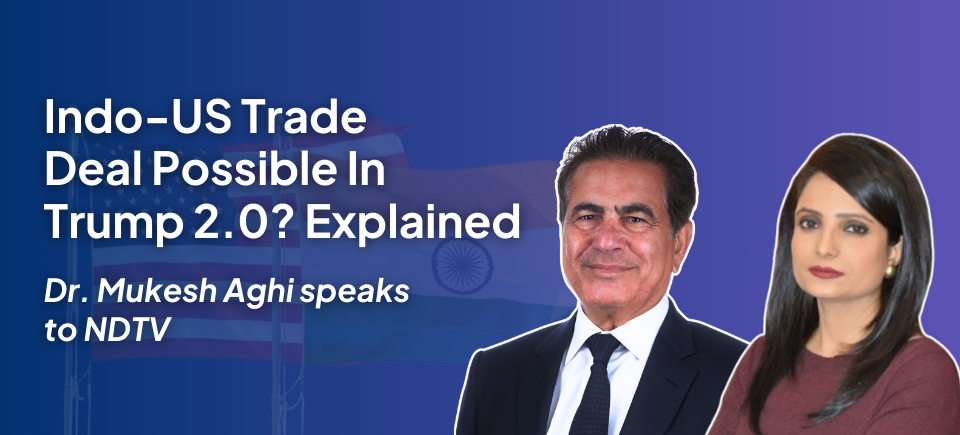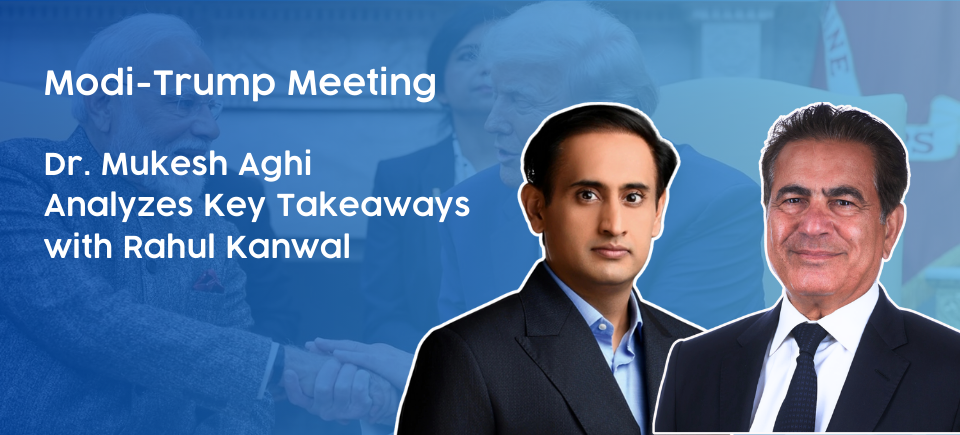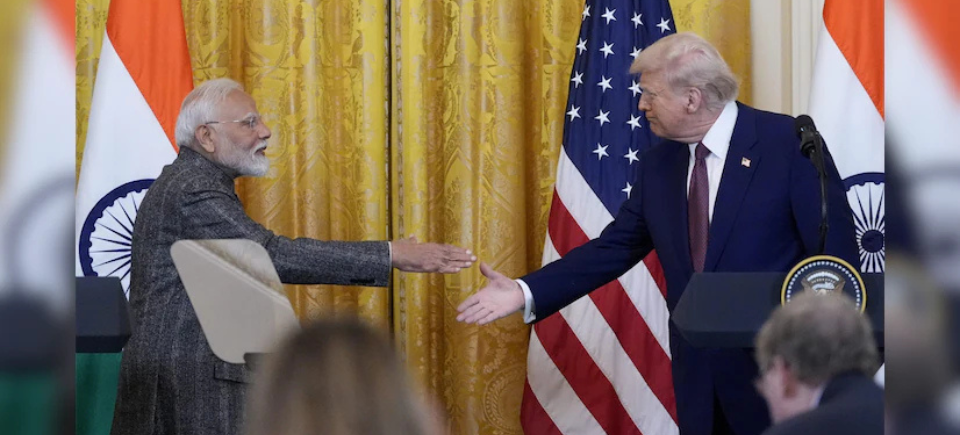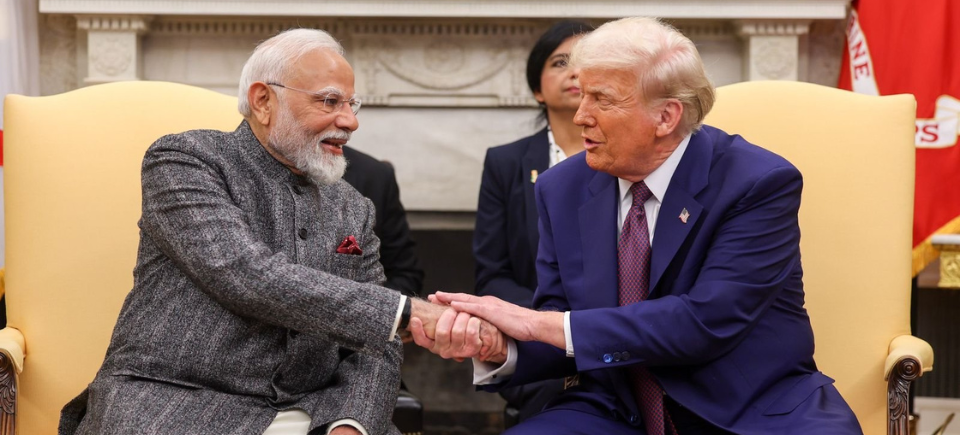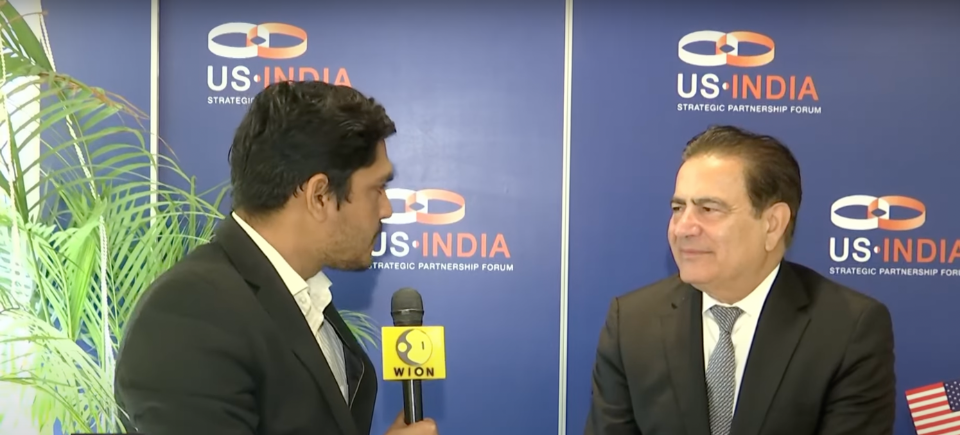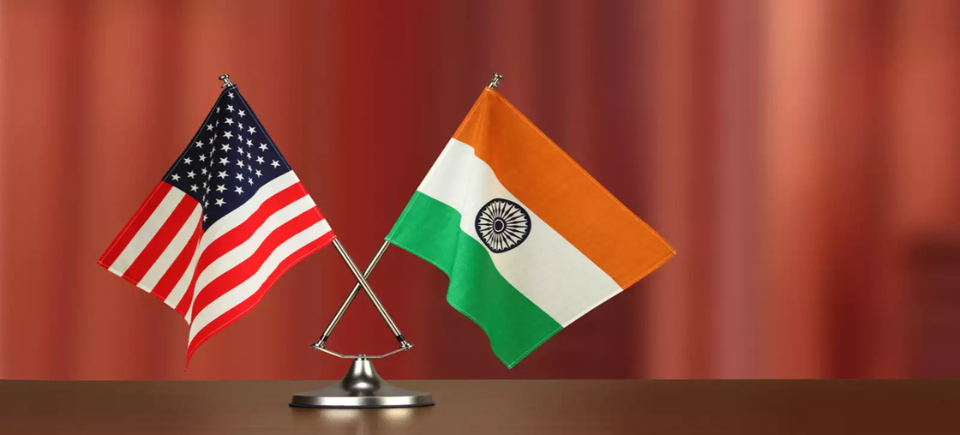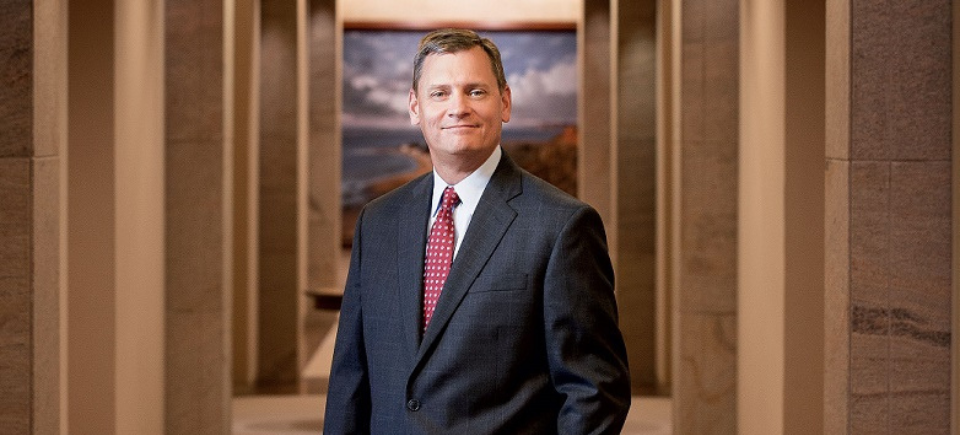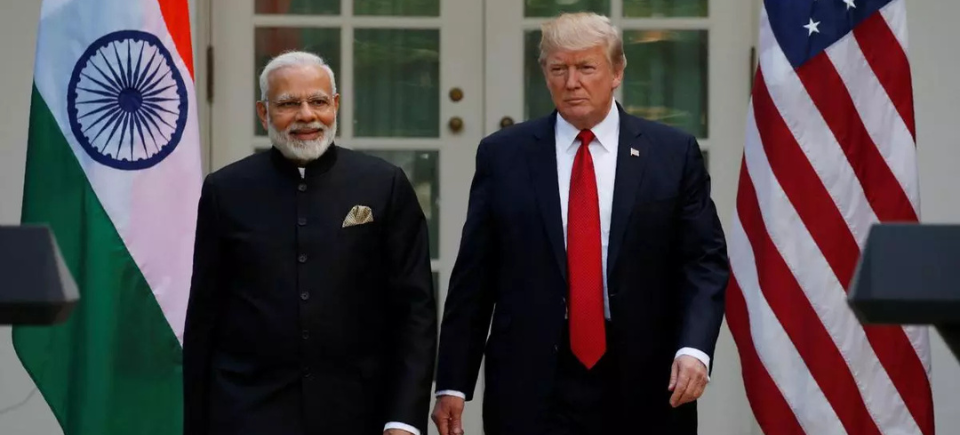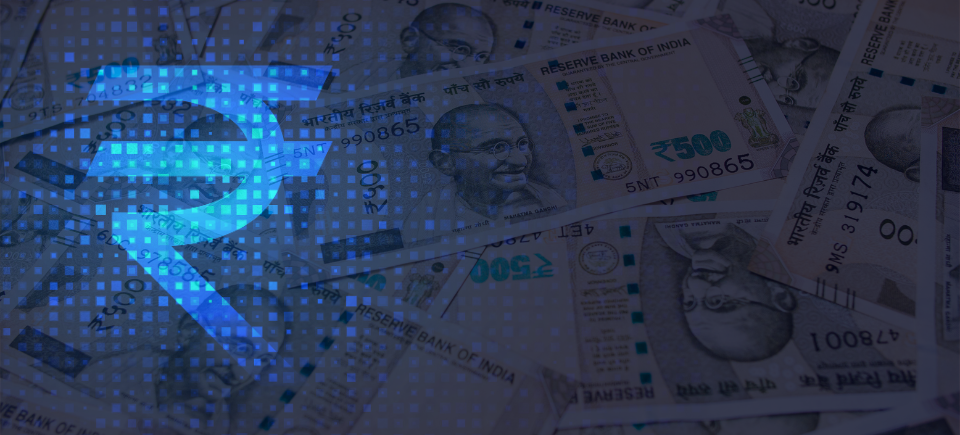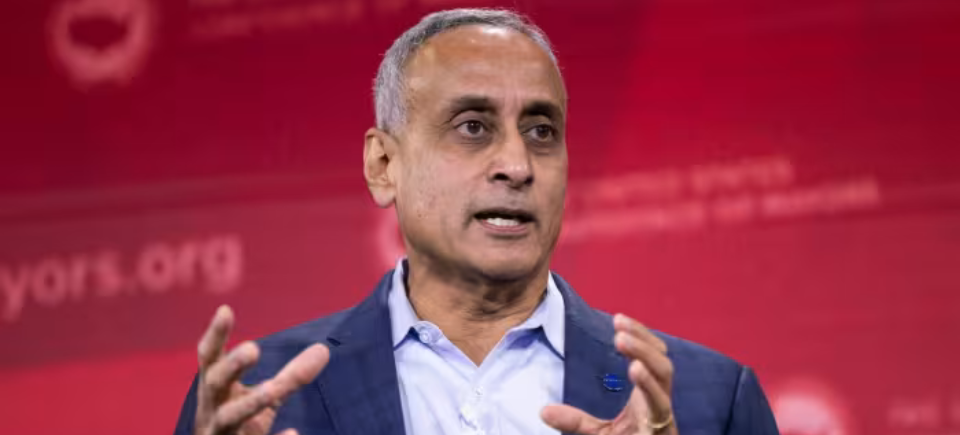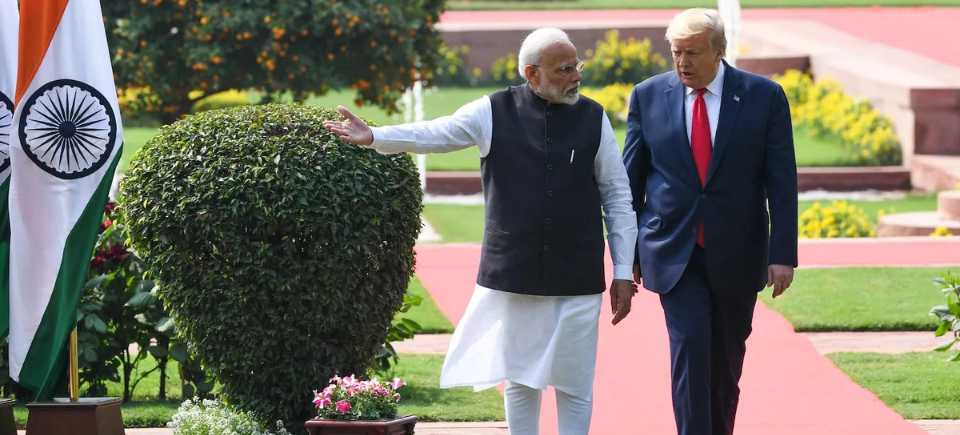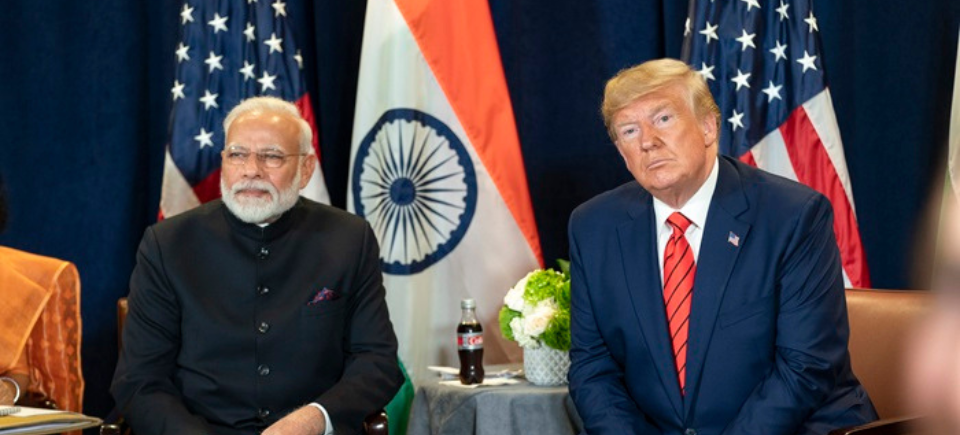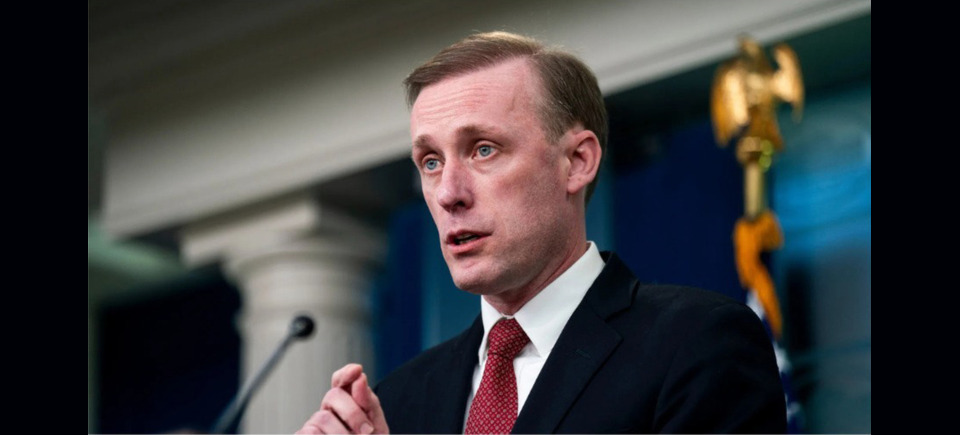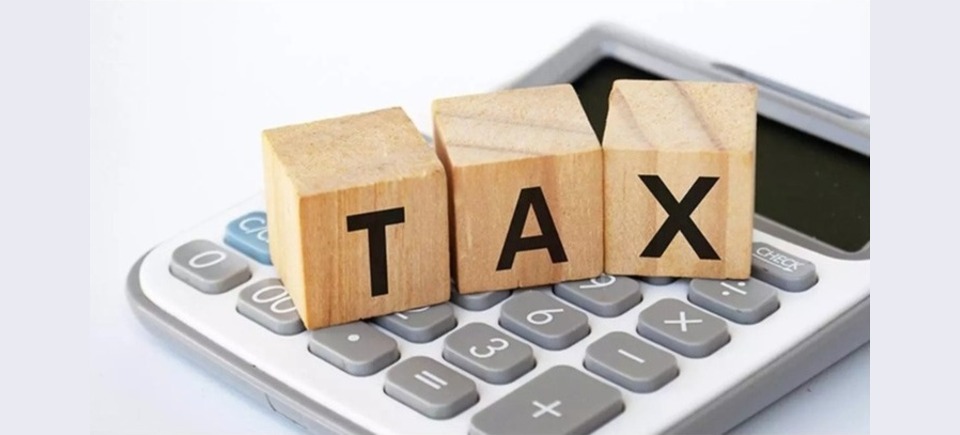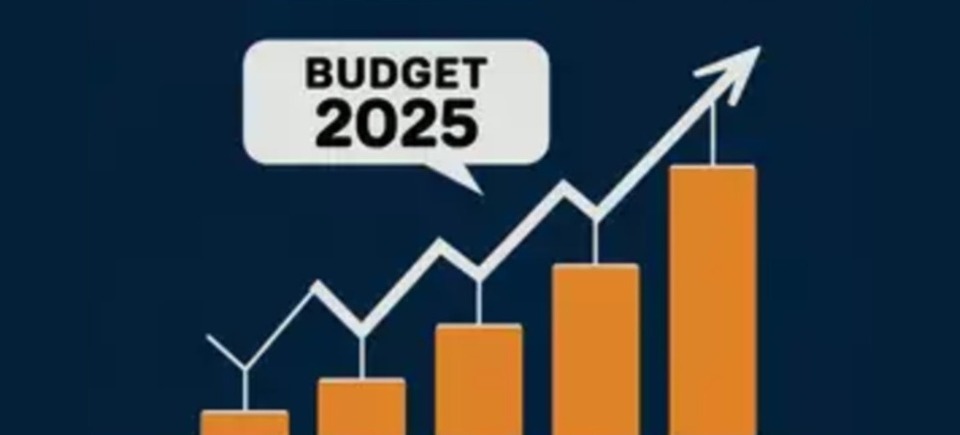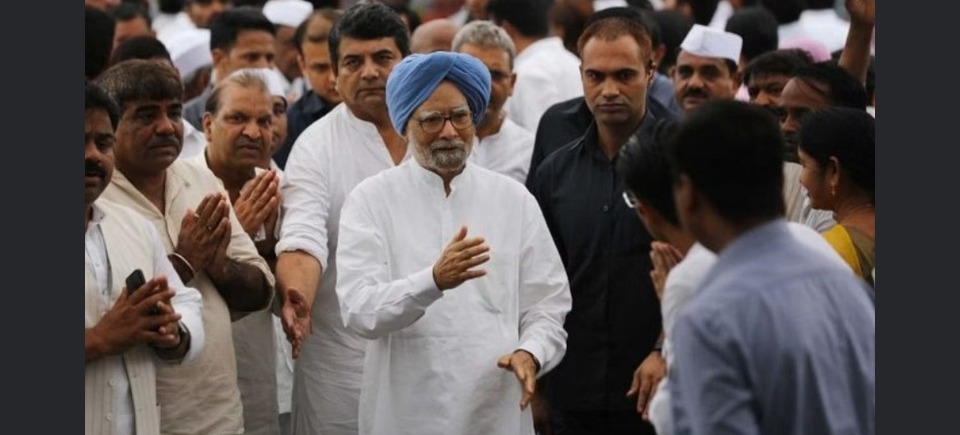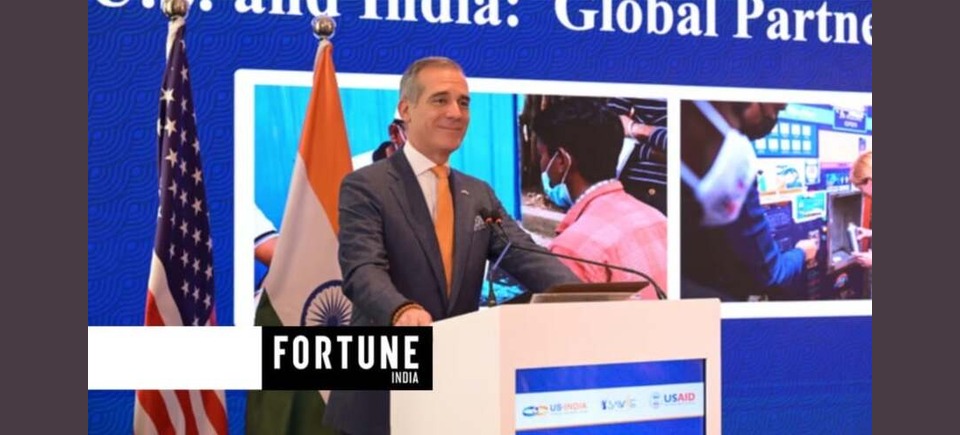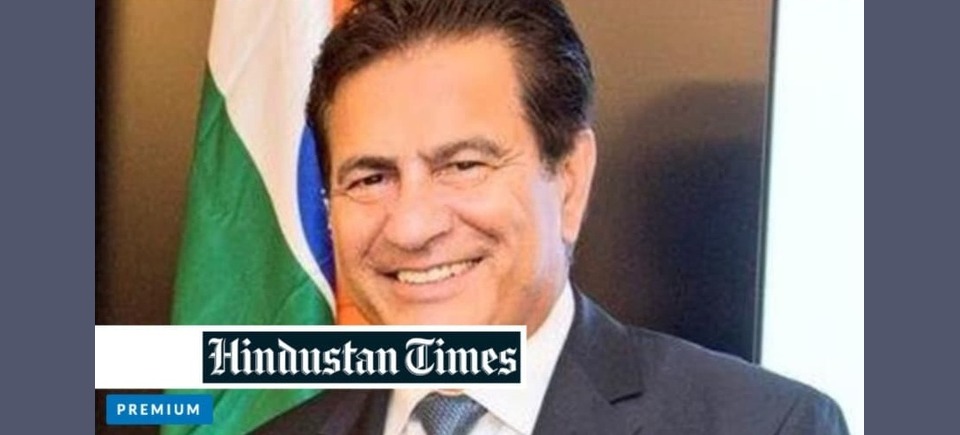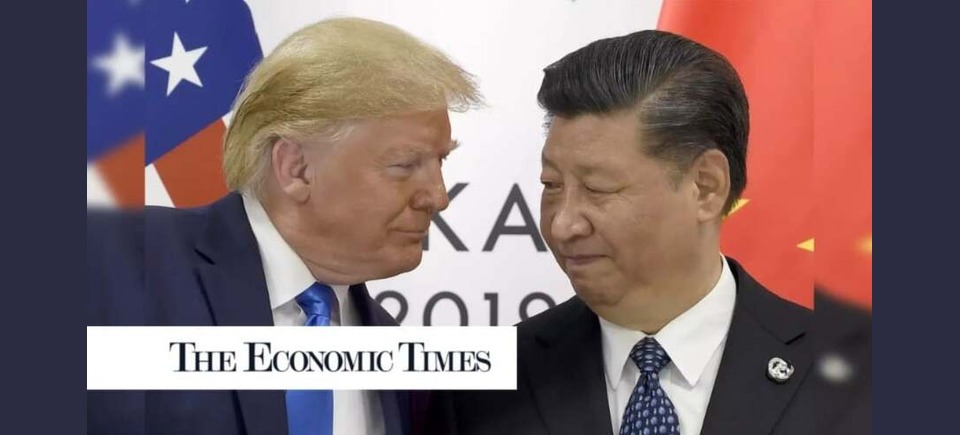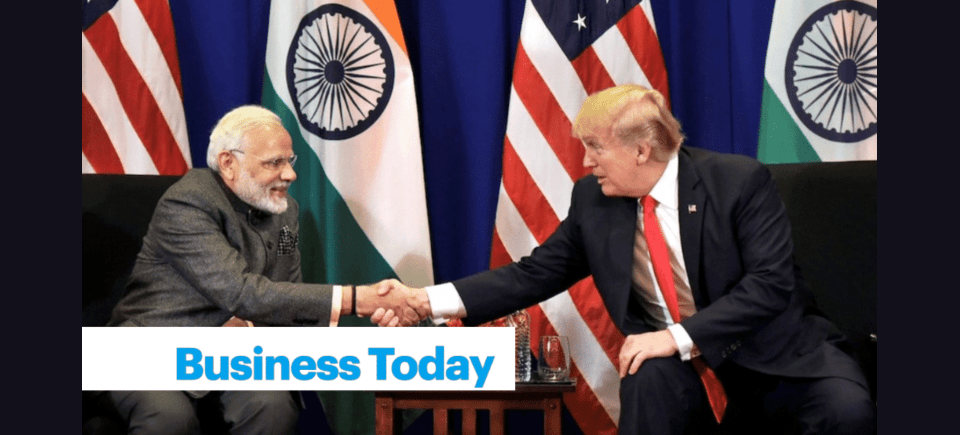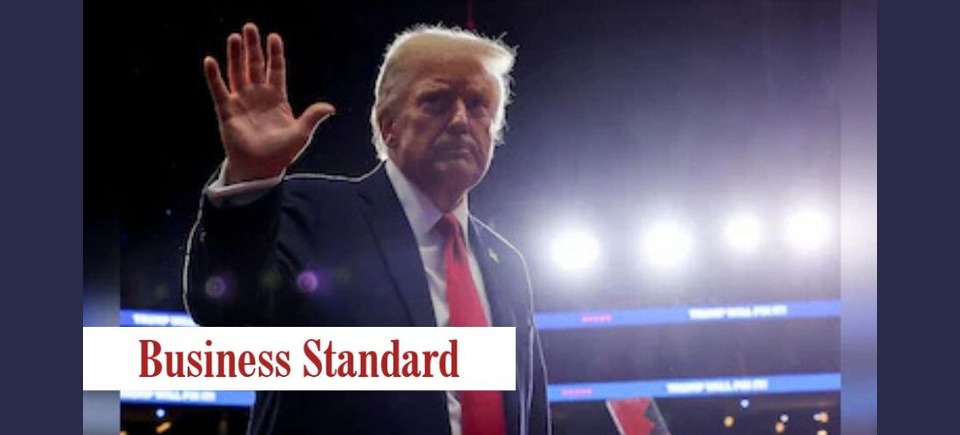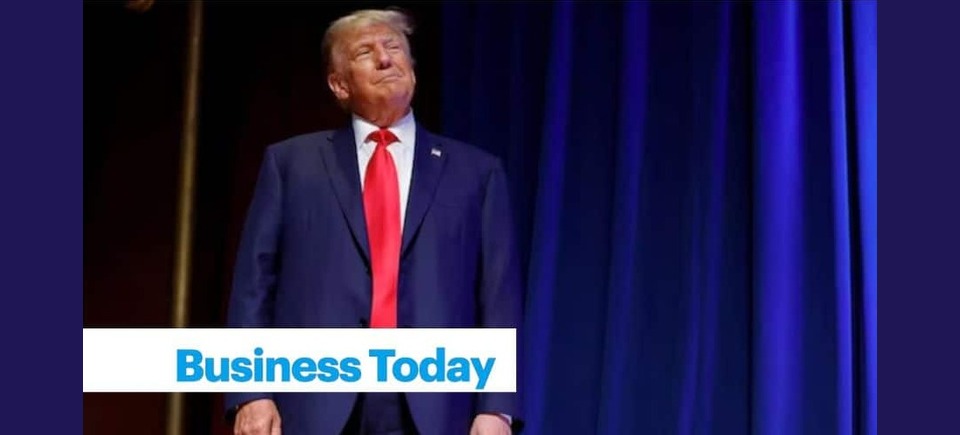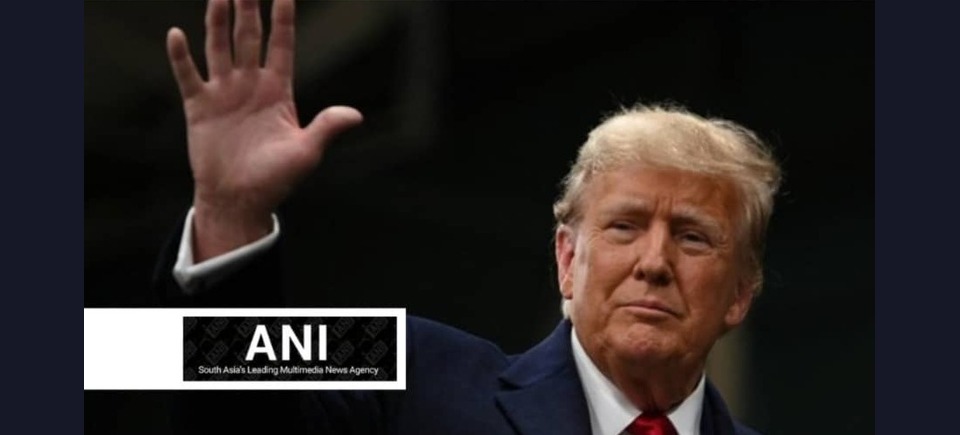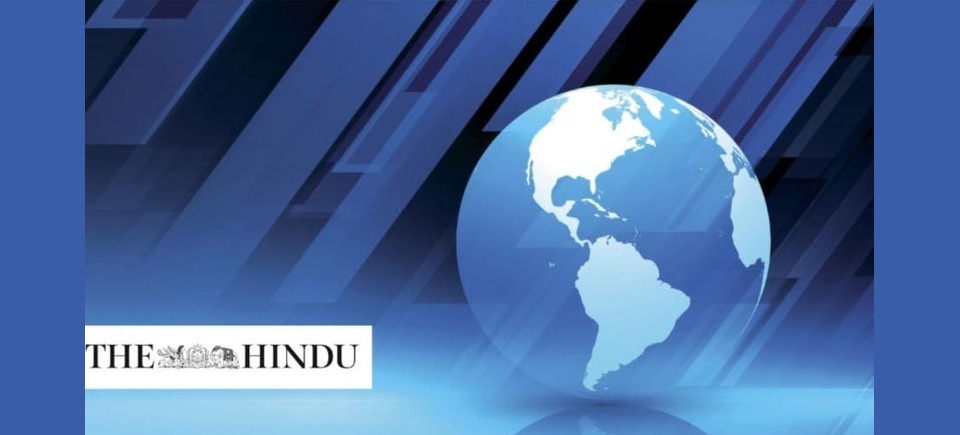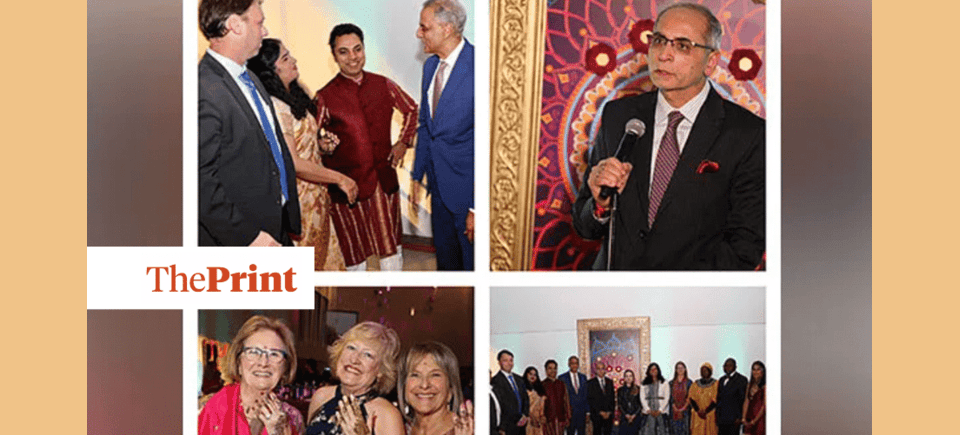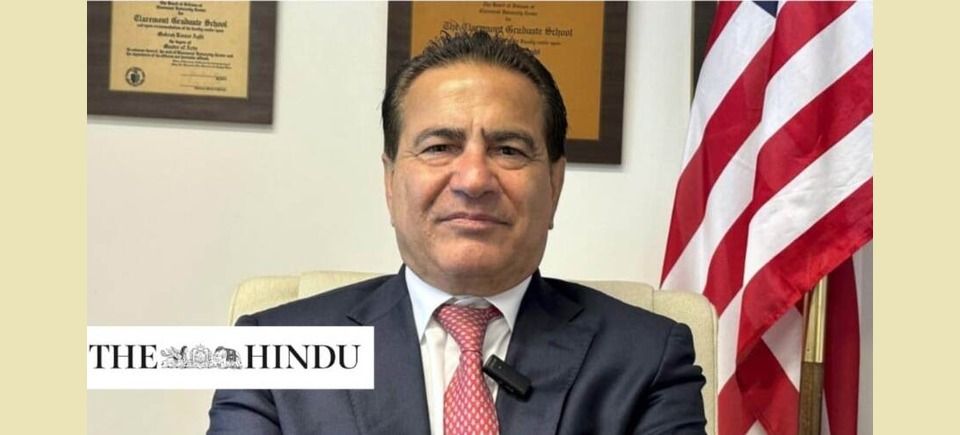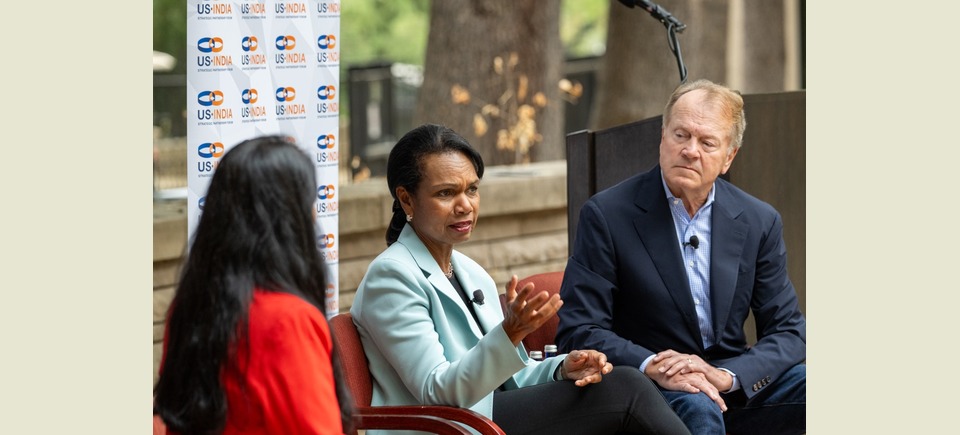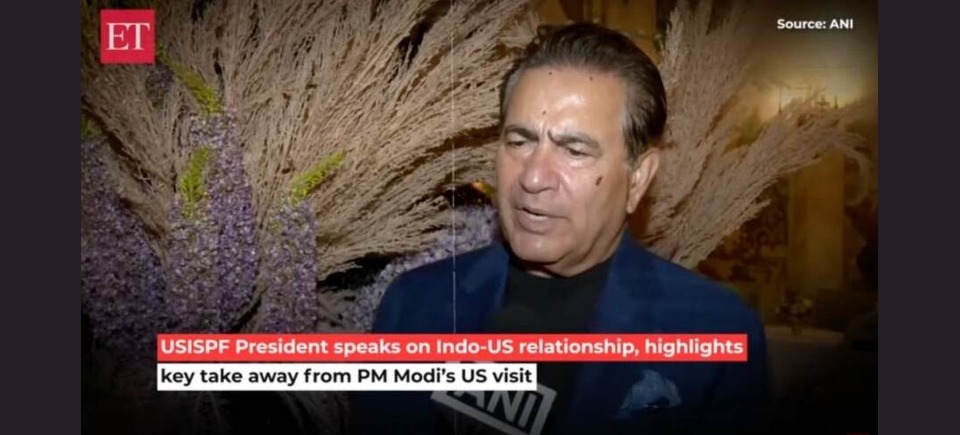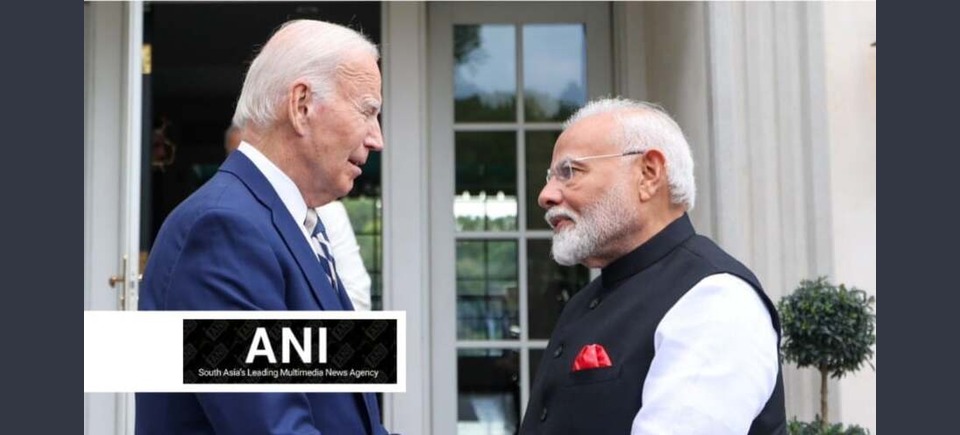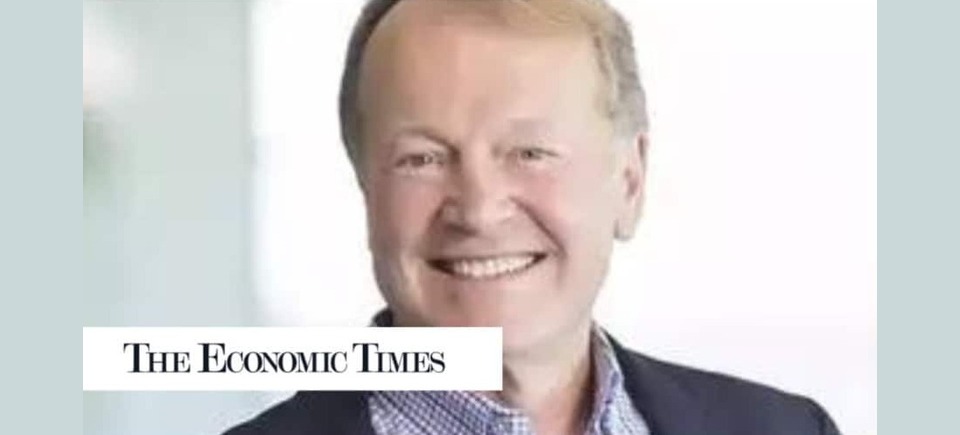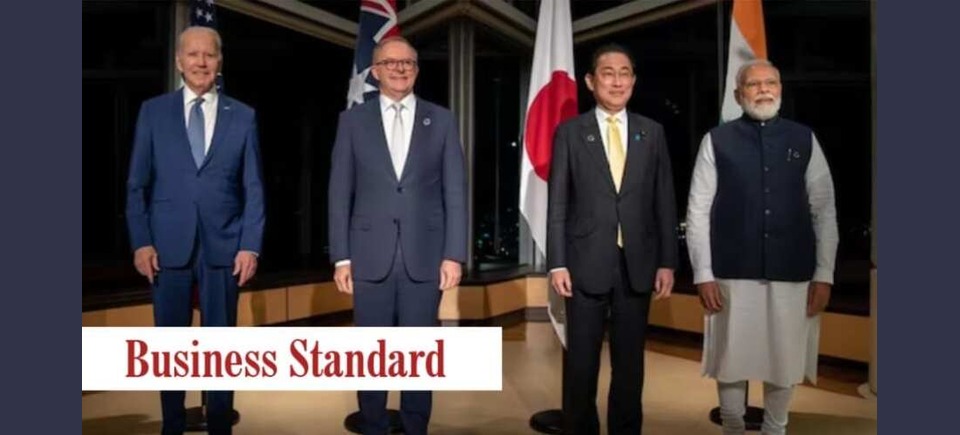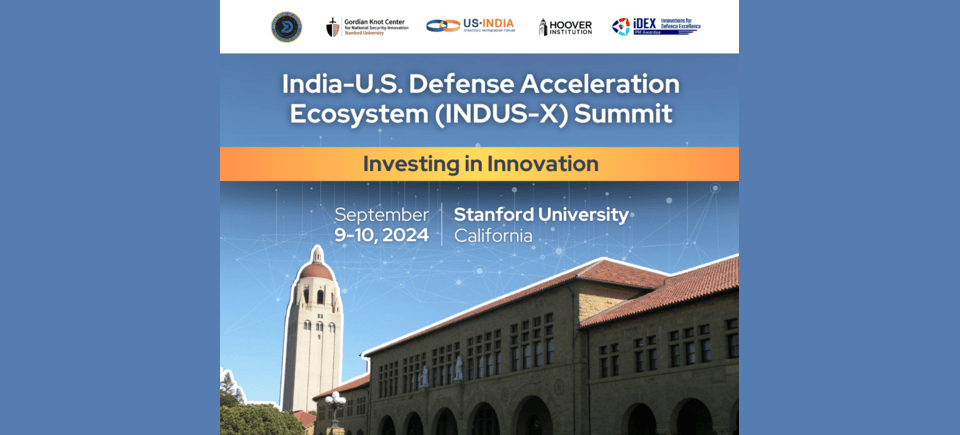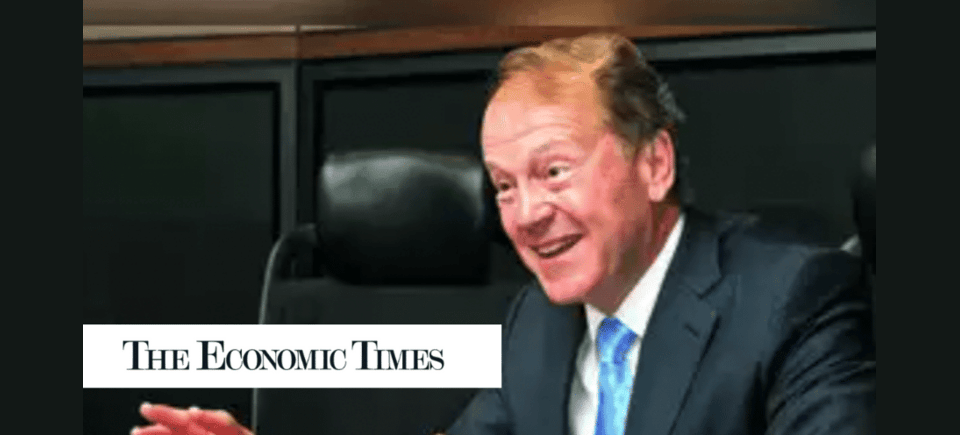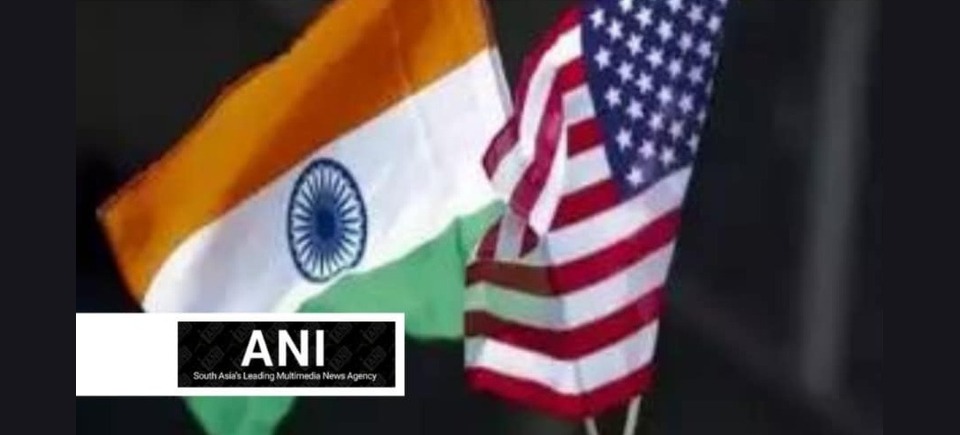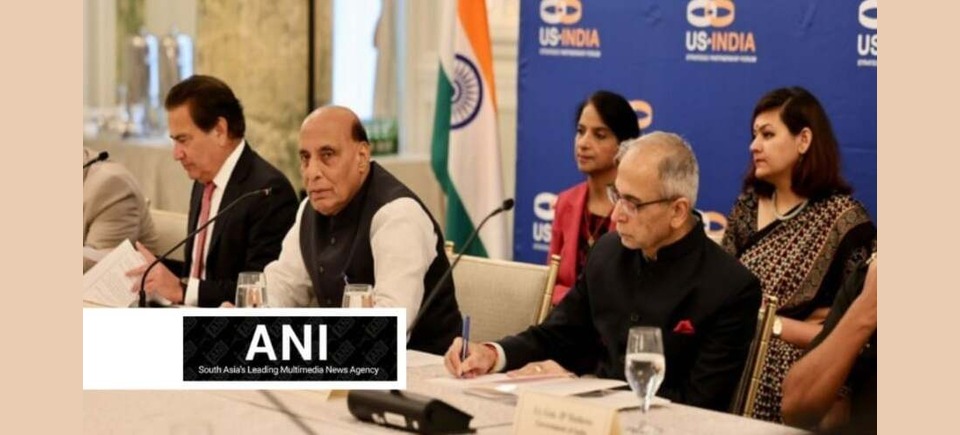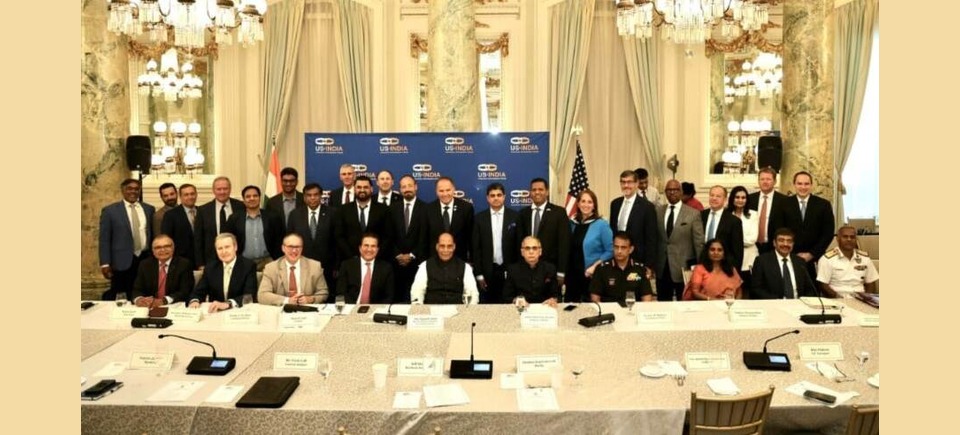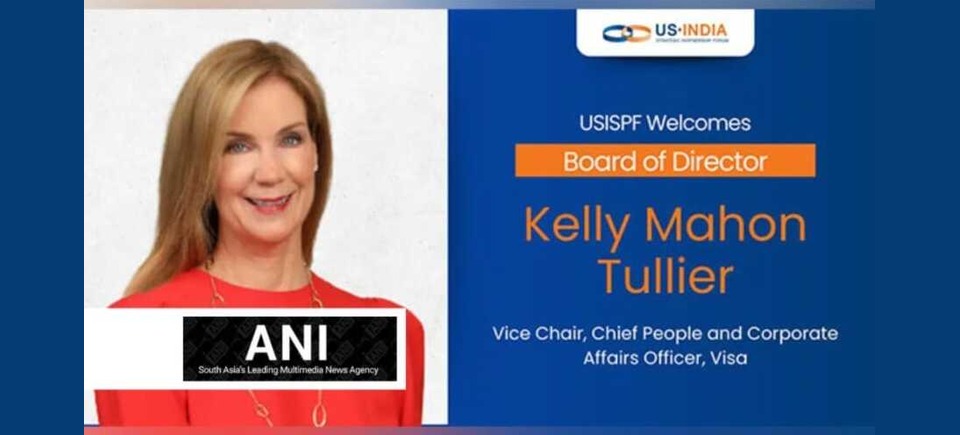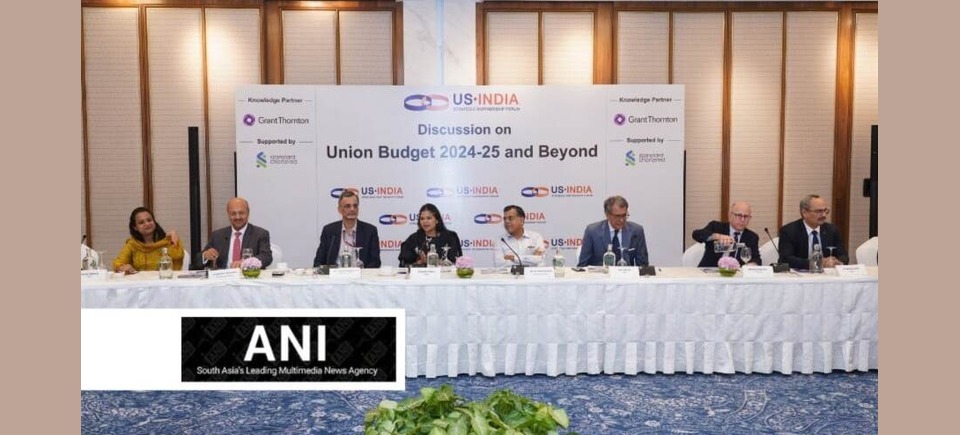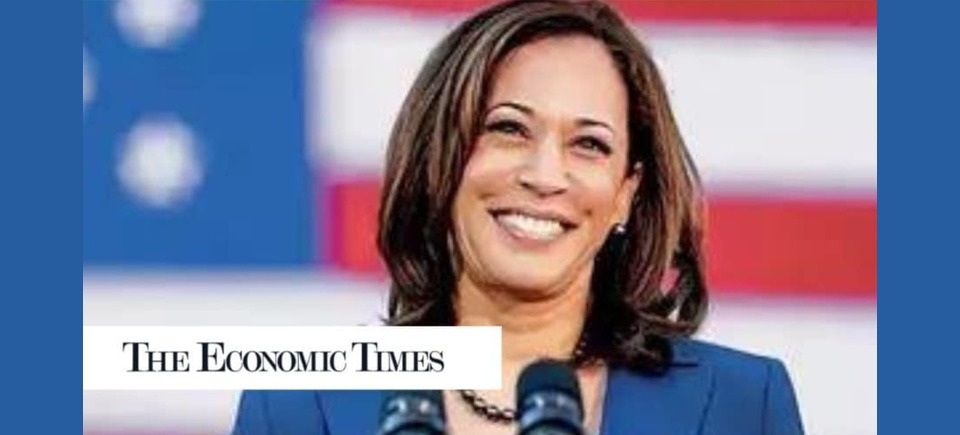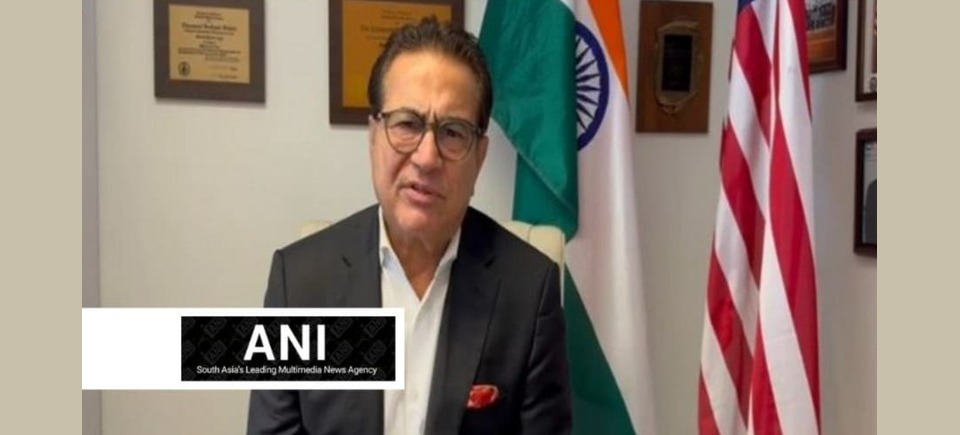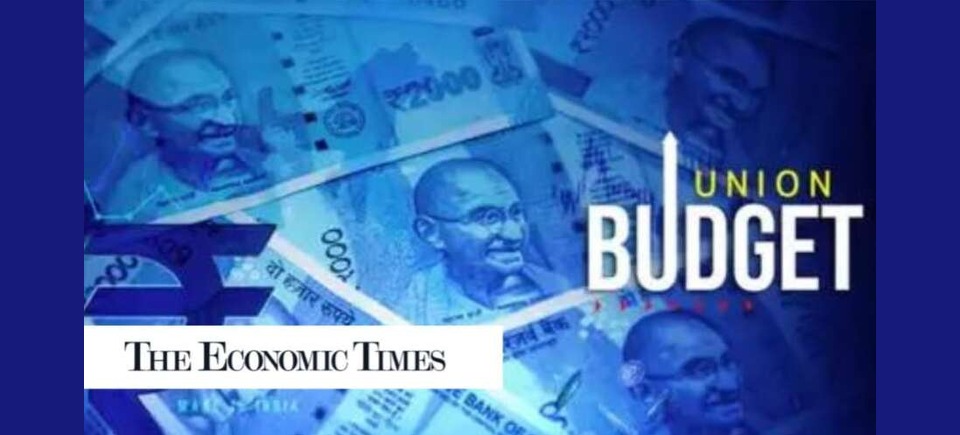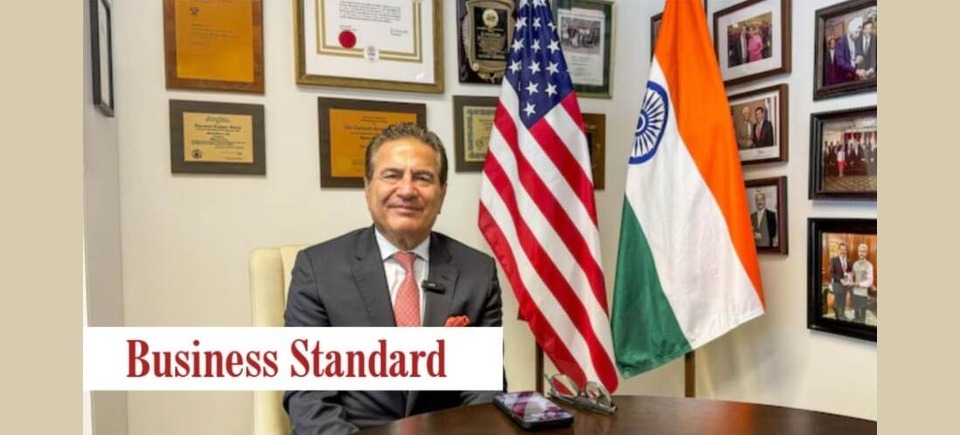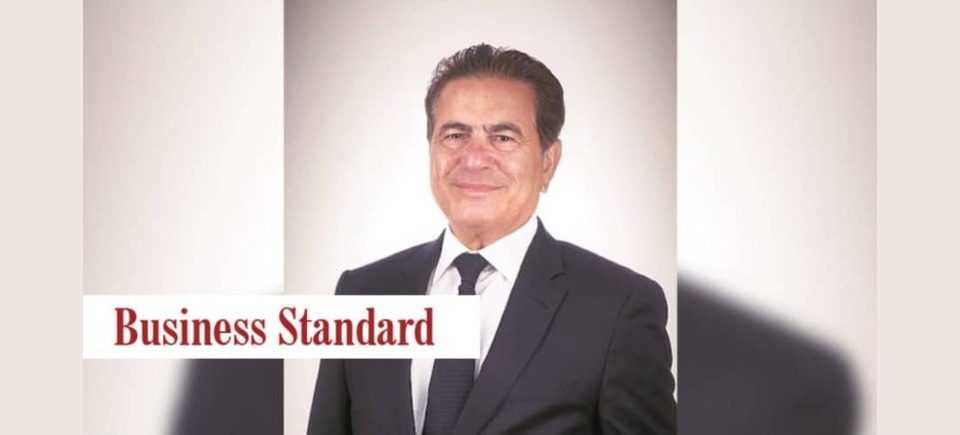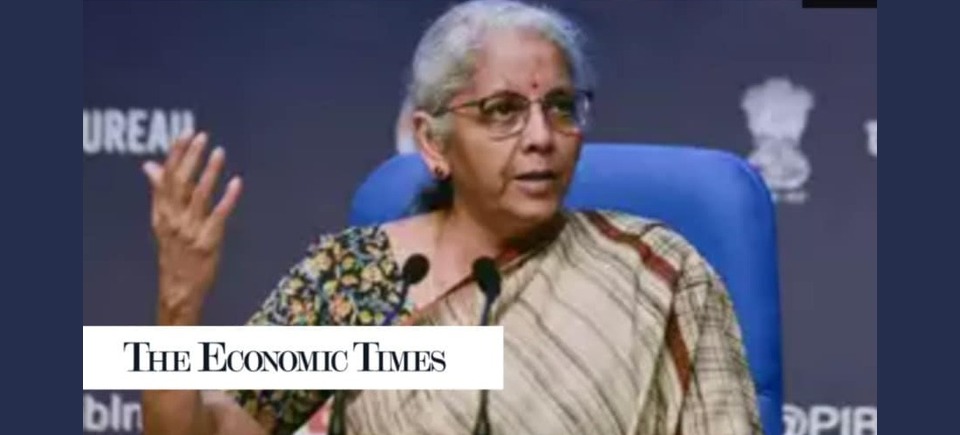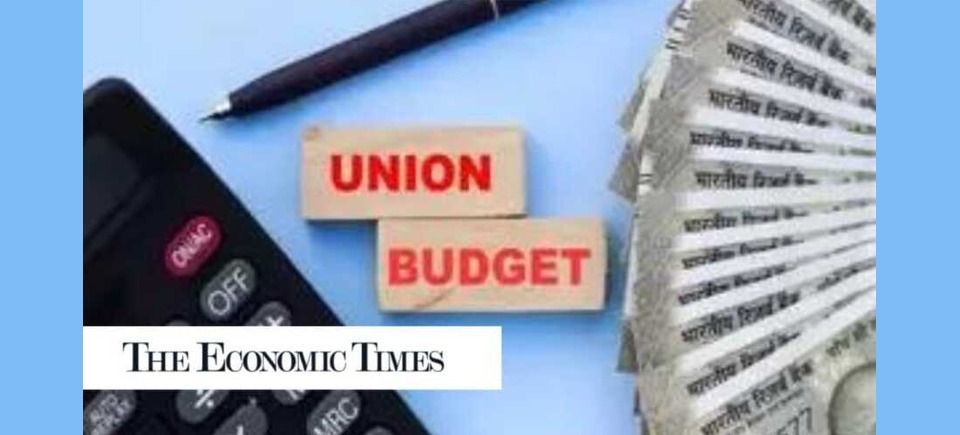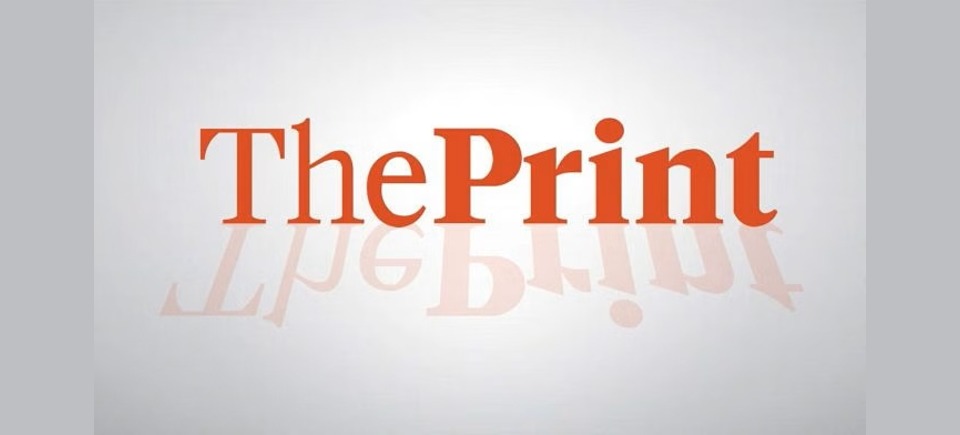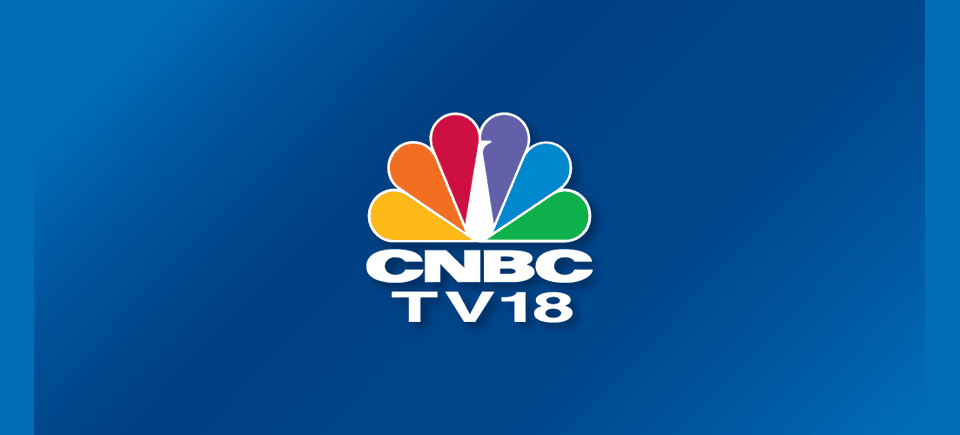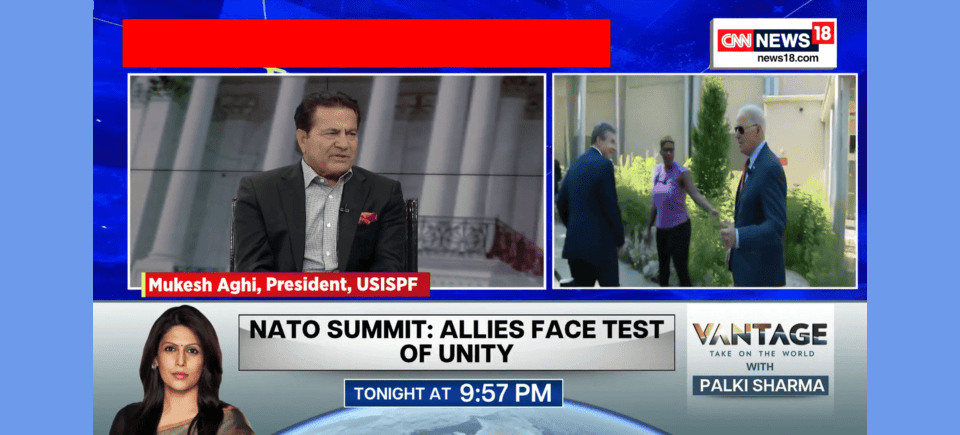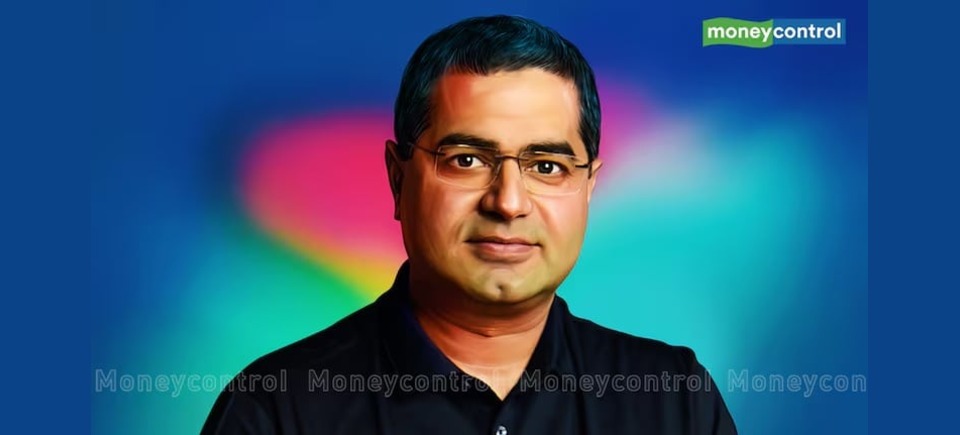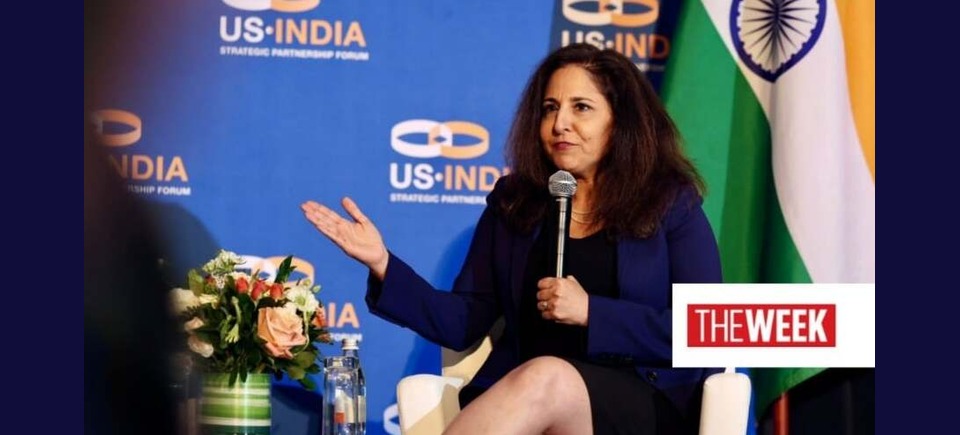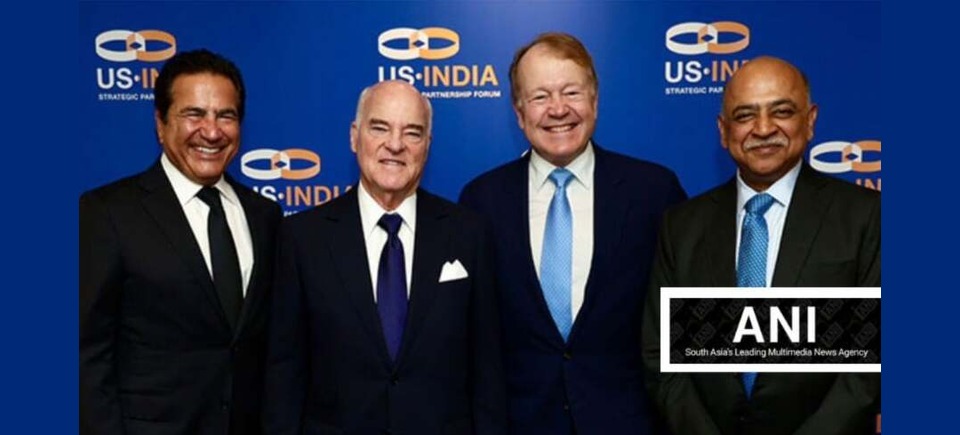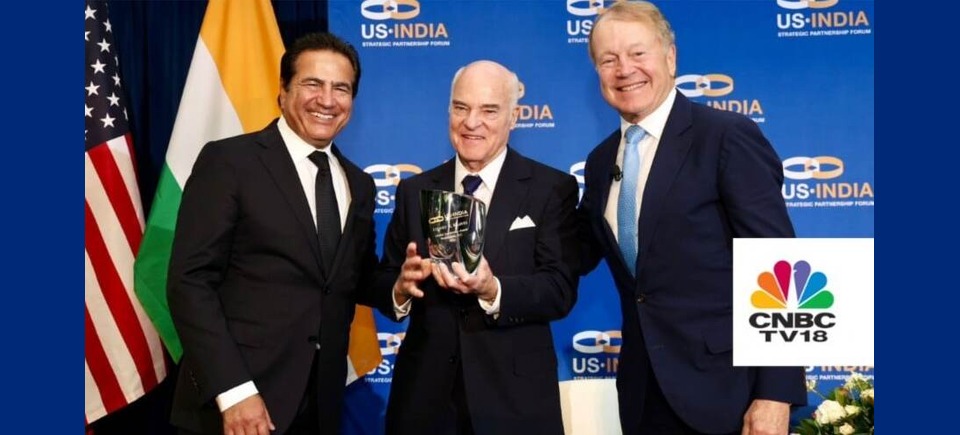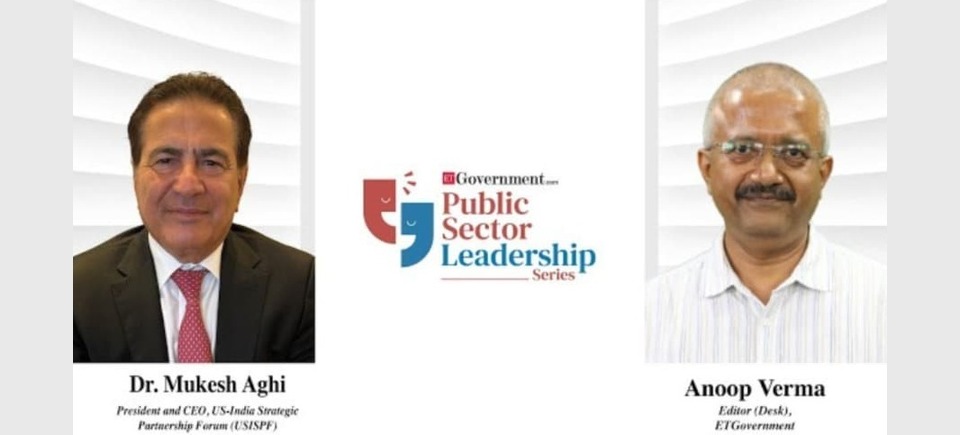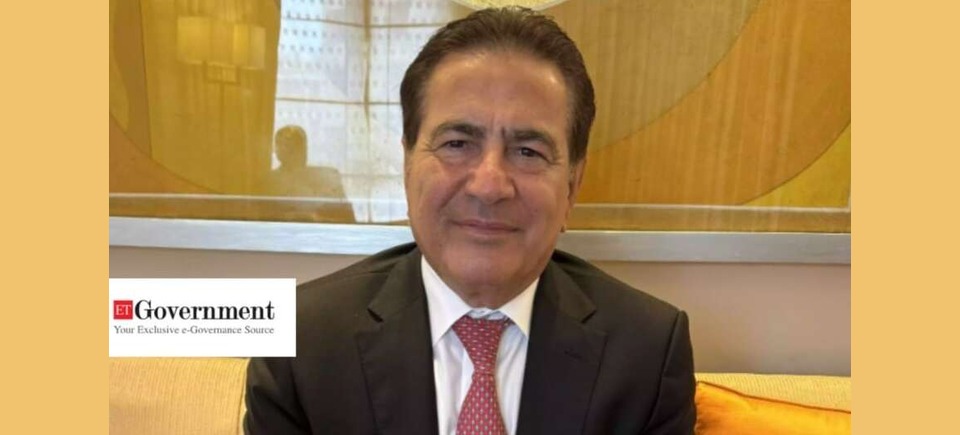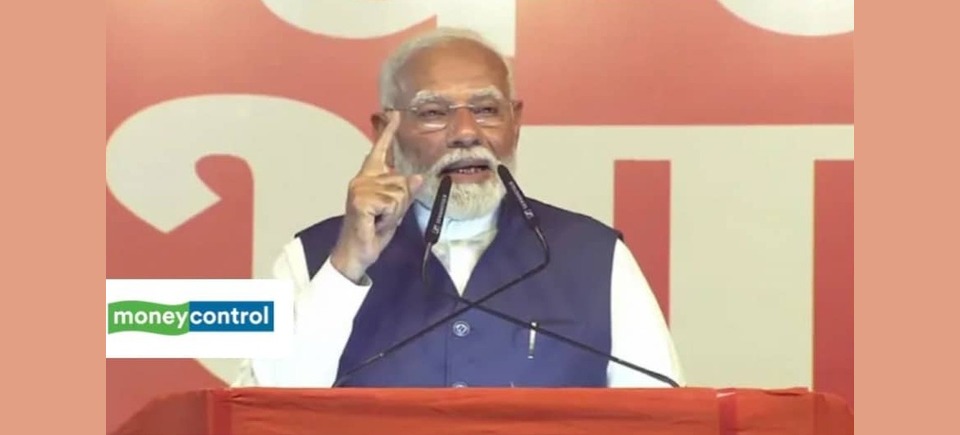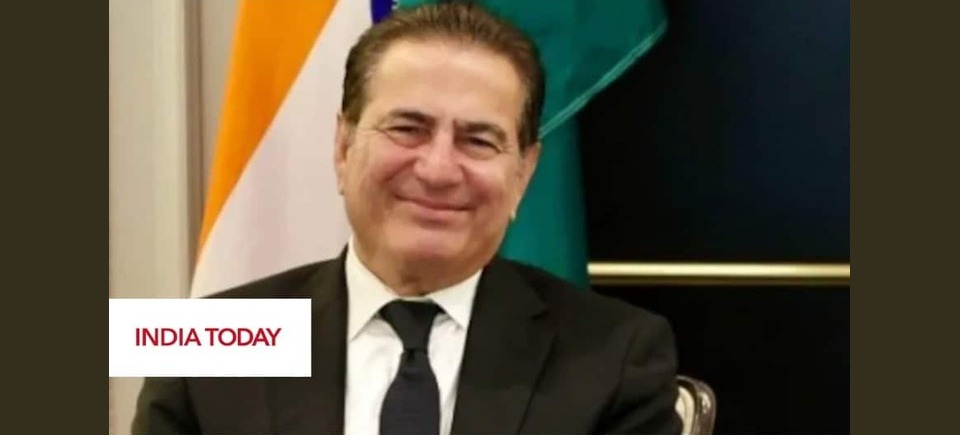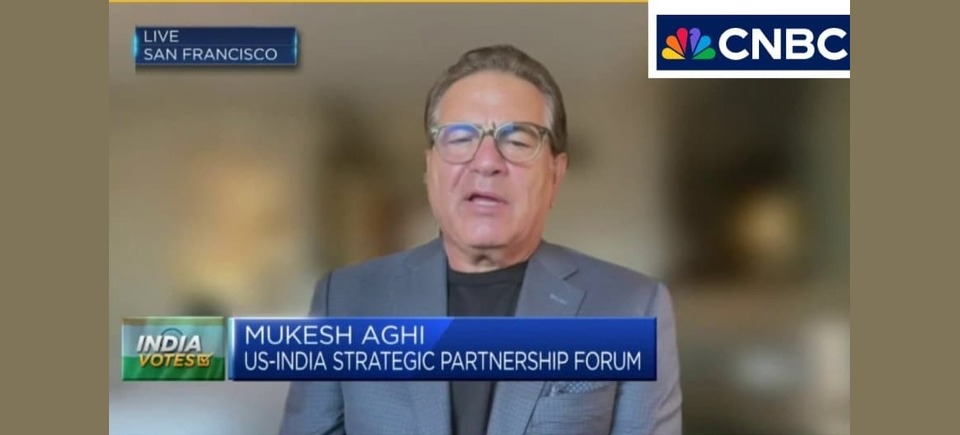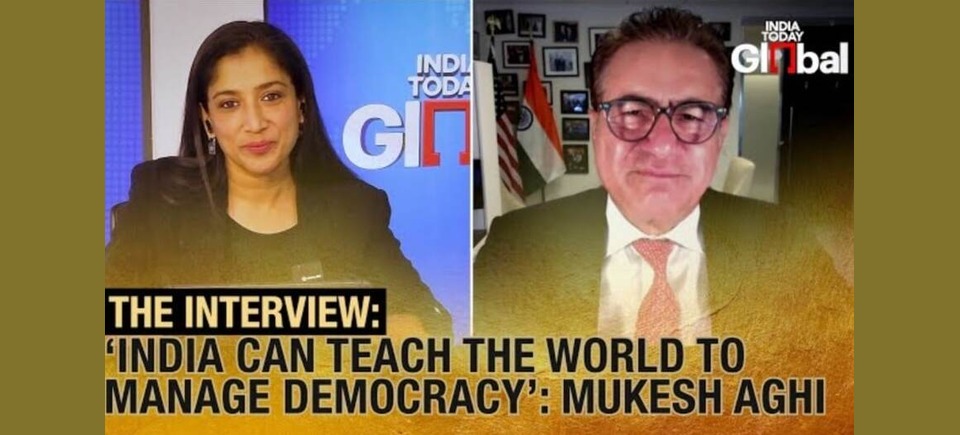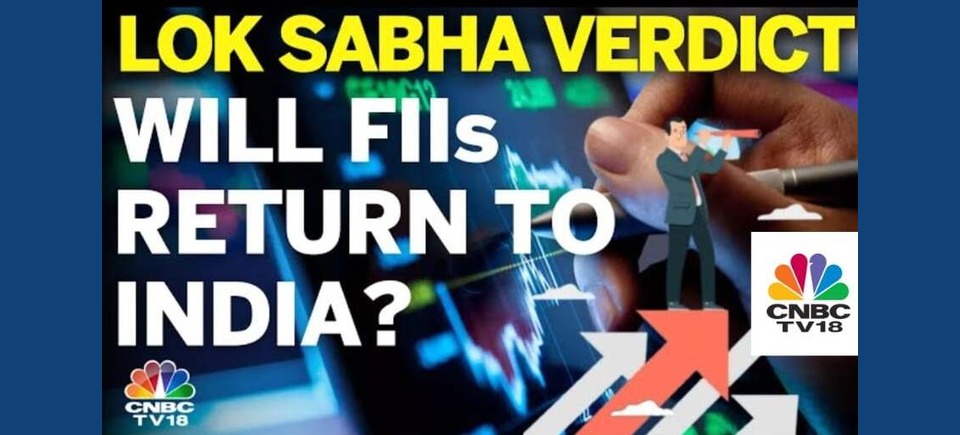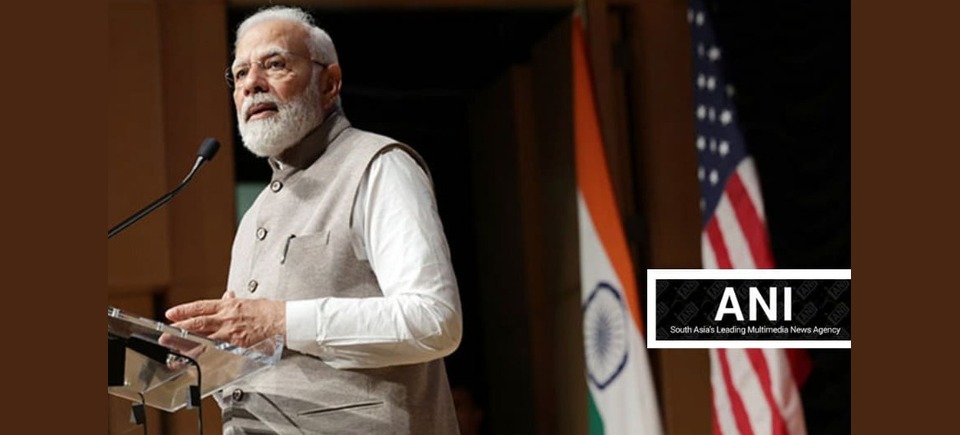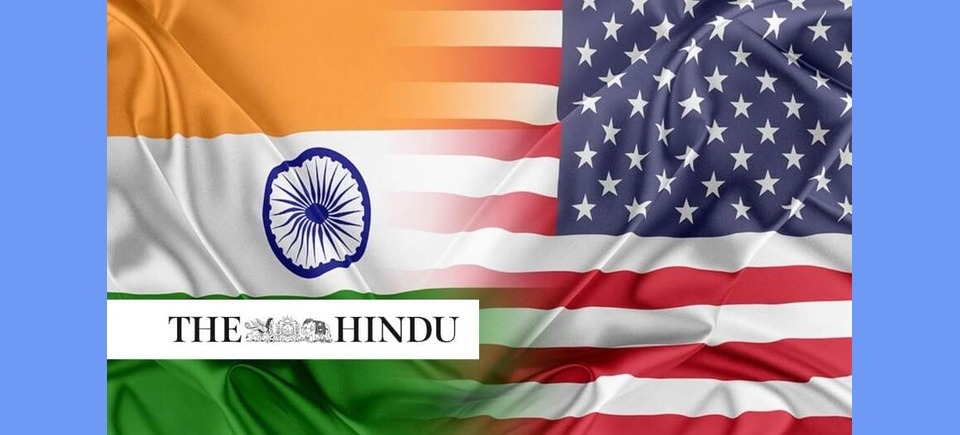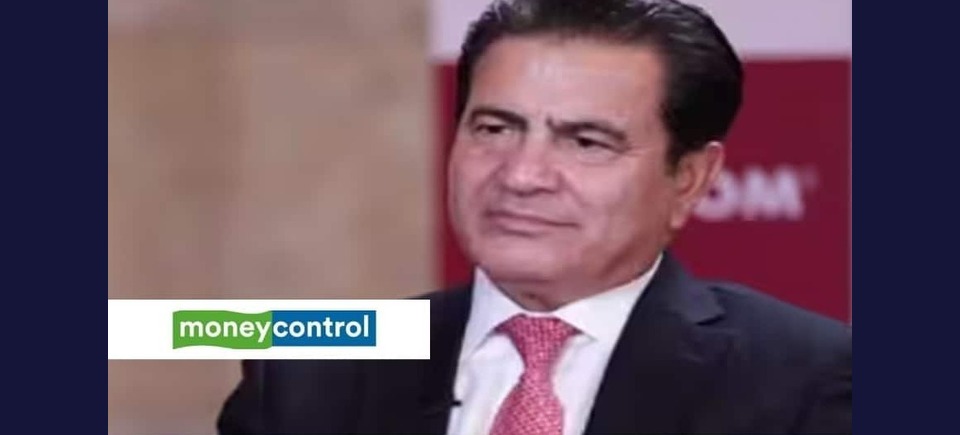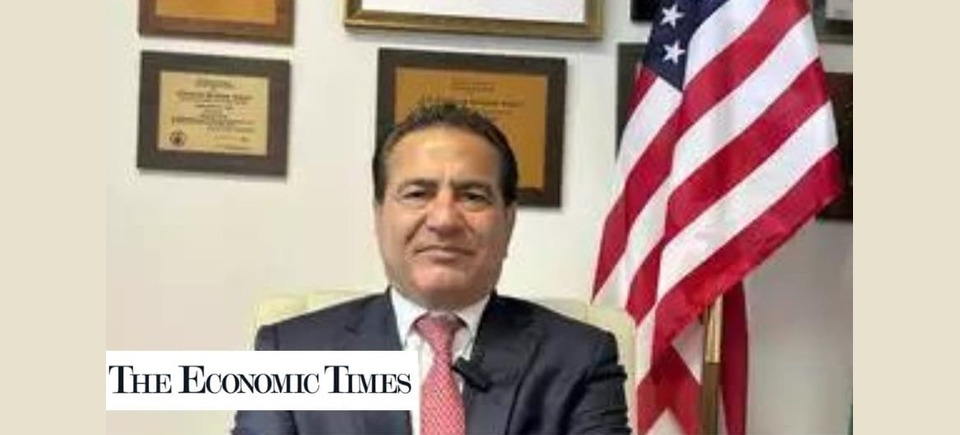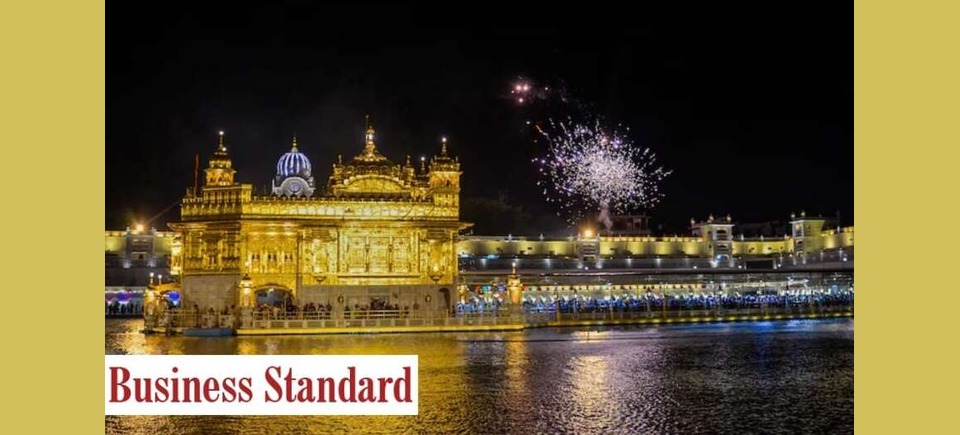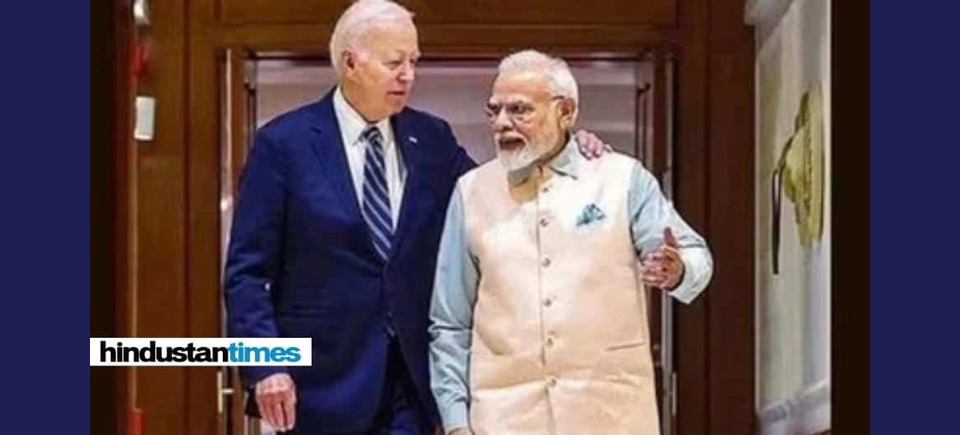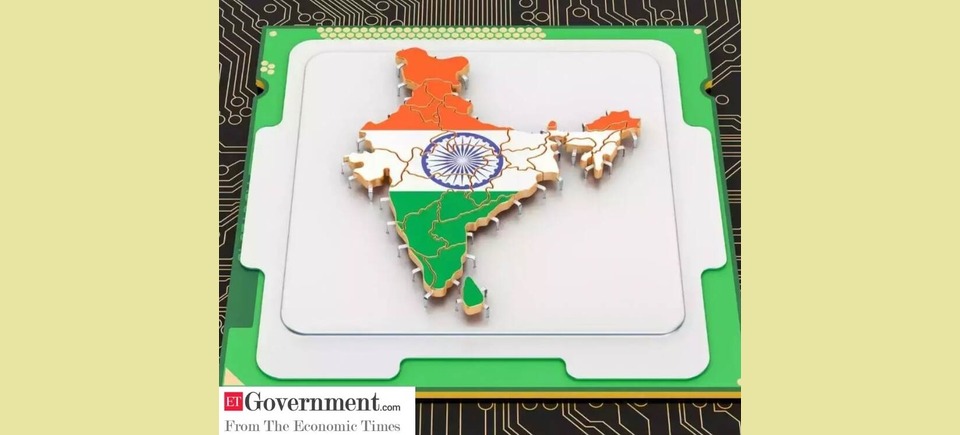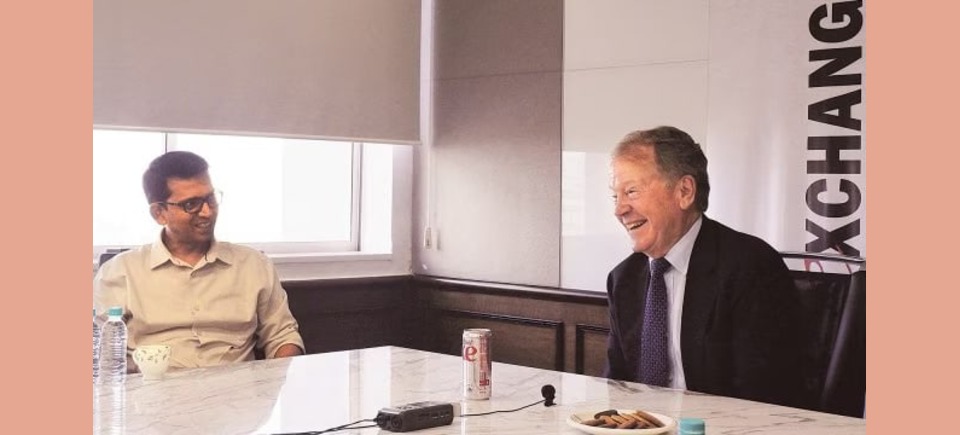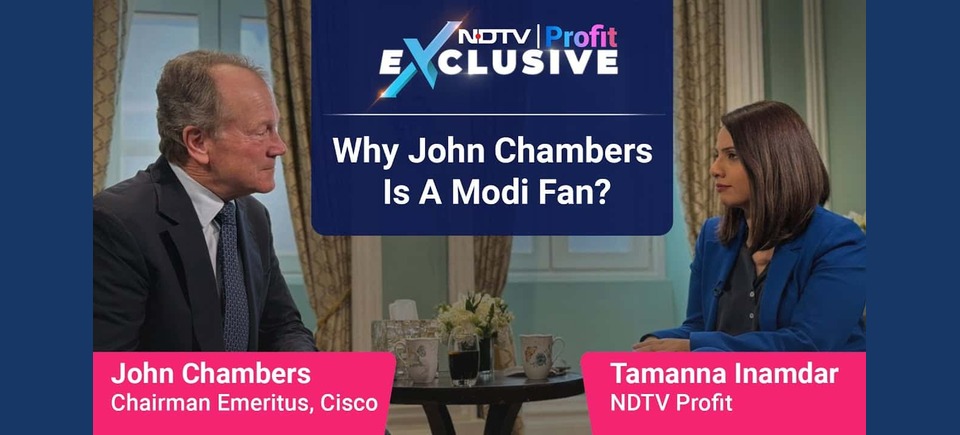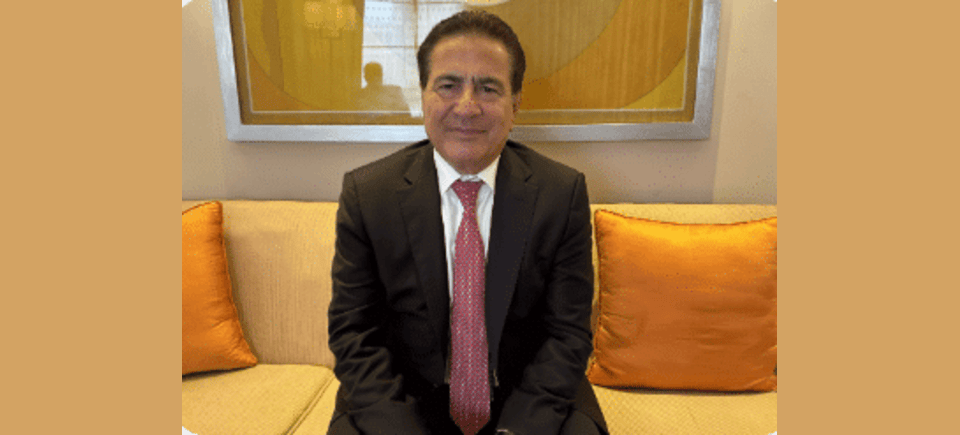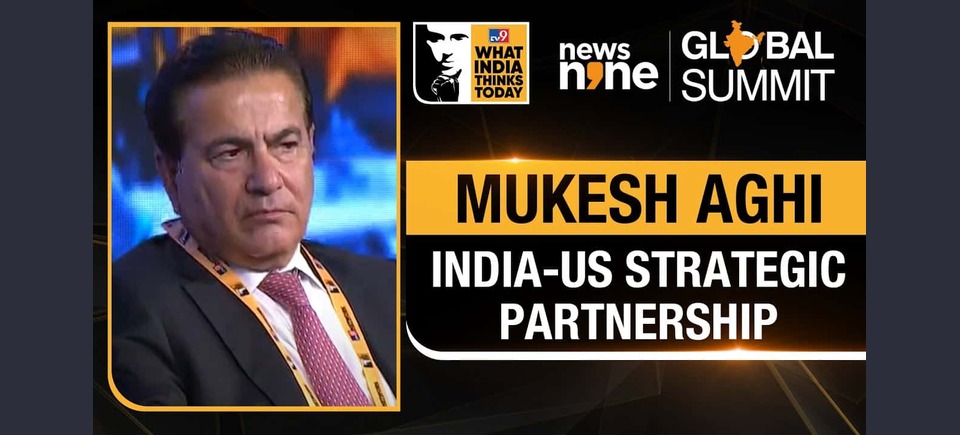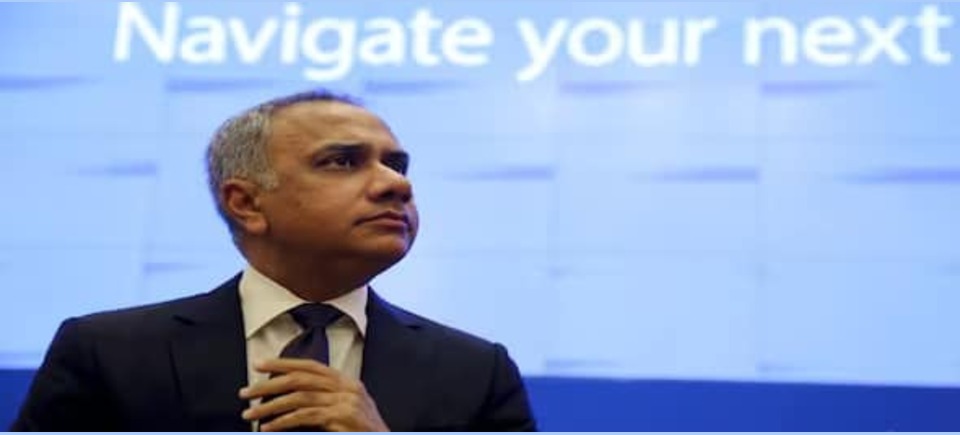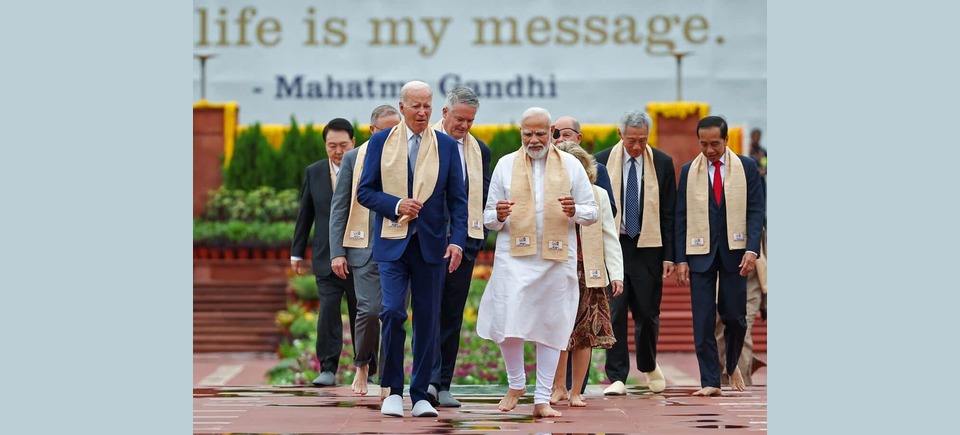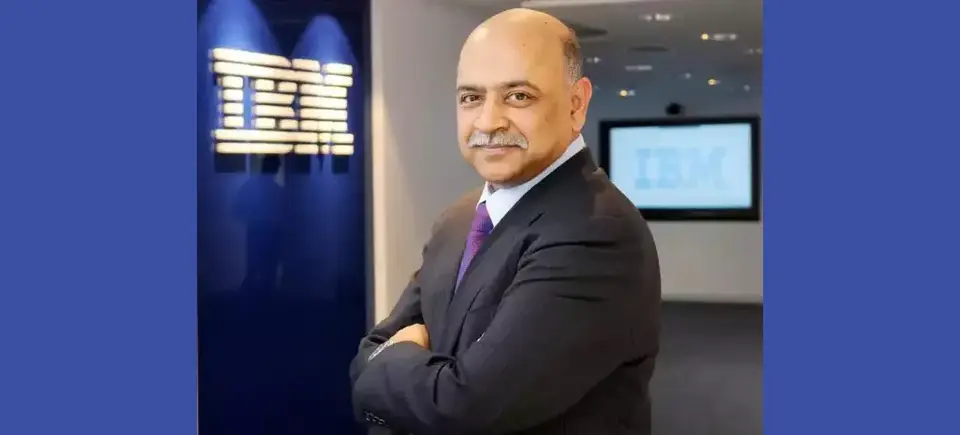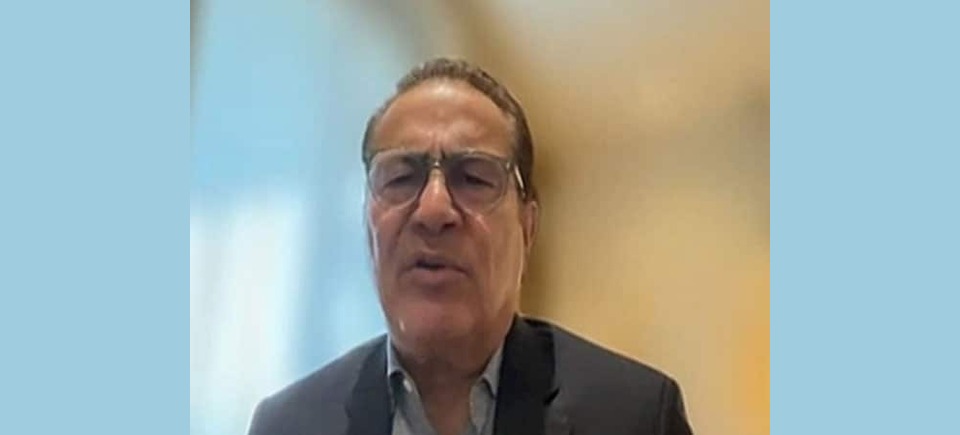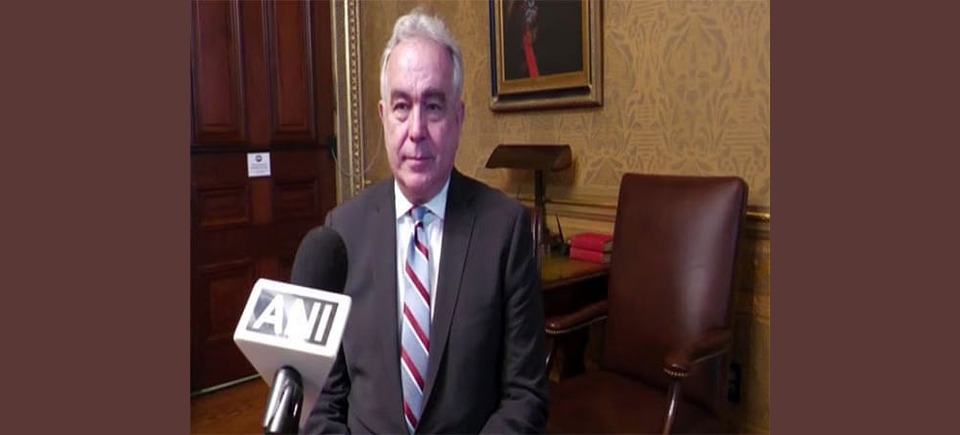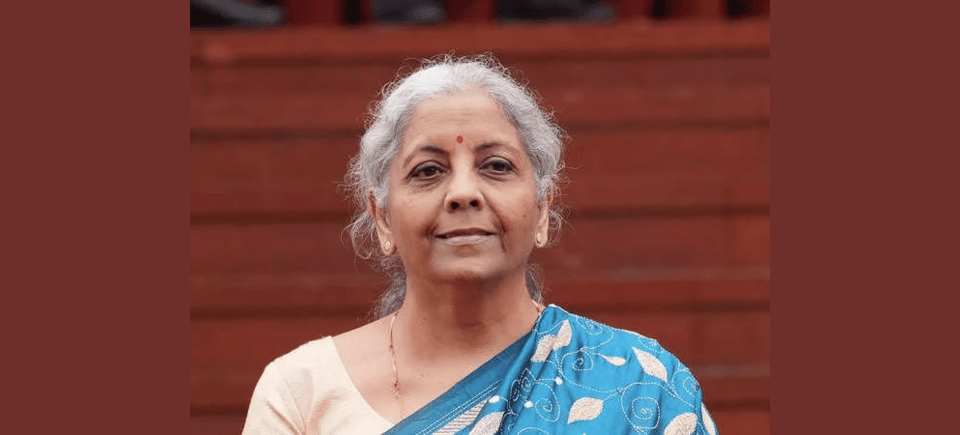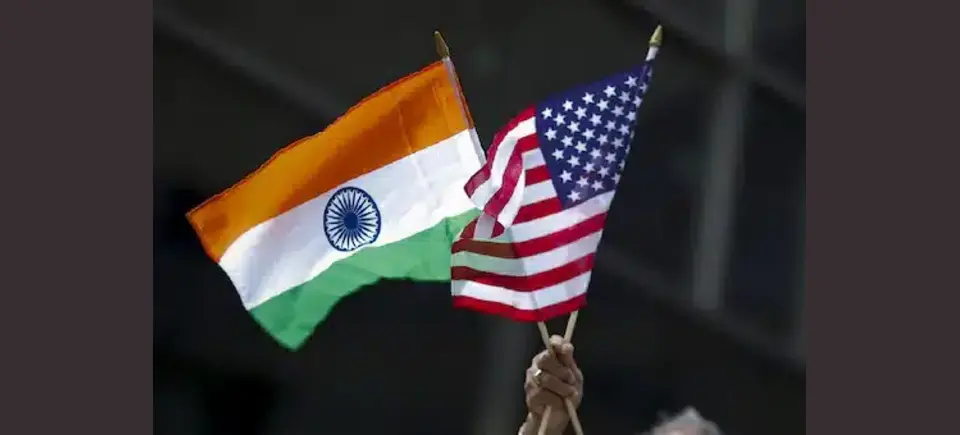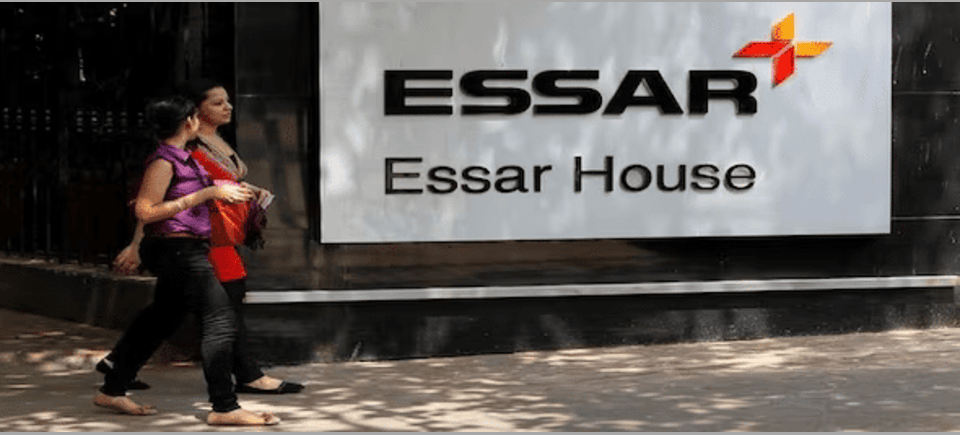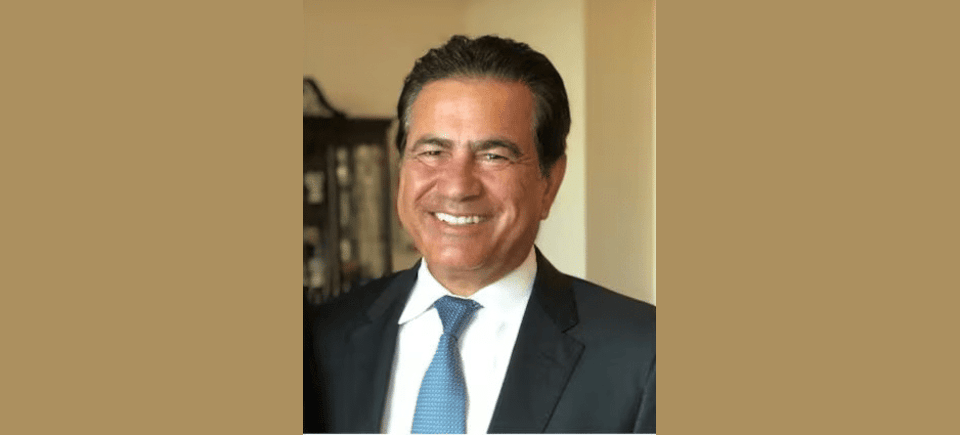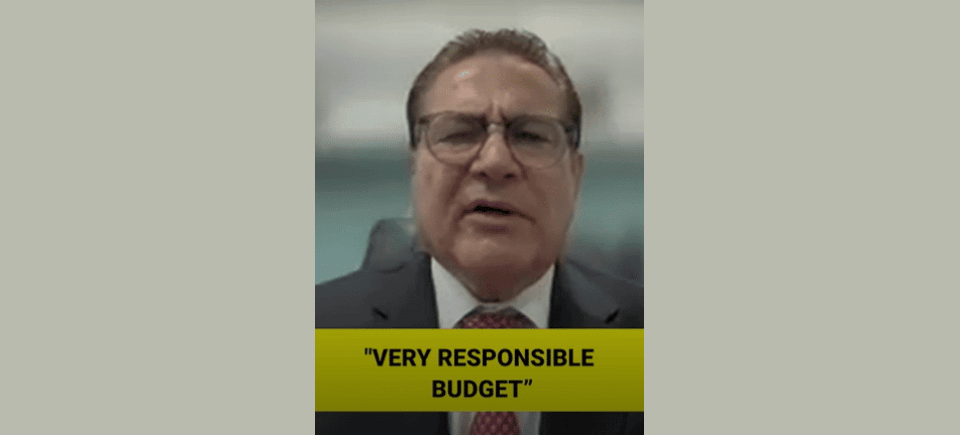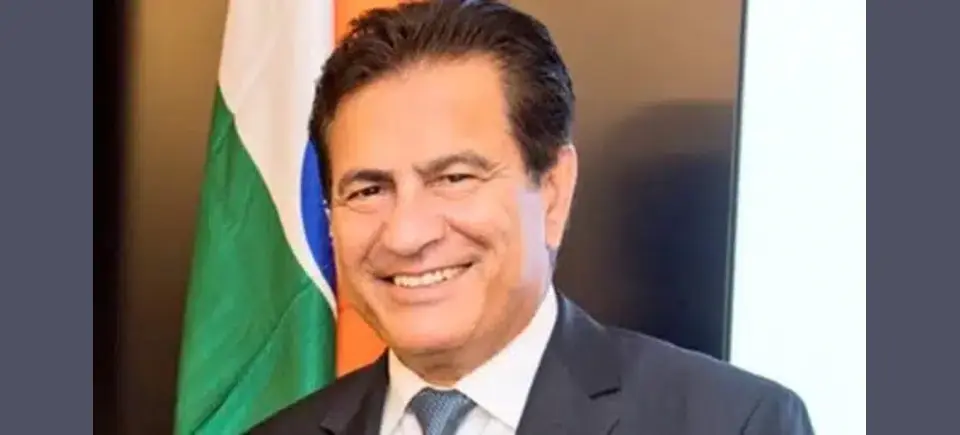Washington, Jan 26 (PTI) India’s Ambassador to the US Taranjit Singh Sandhu has been one of the leading architects of the flourishing India-US relationship, the chief of a top India-centric American business and advocacy group has said.
In his remarks at a farewell reception hosted in honour of the outgoing Indian envoy here on Thursday, Mukesh Aghi, the president and CEO of US-India Strategic and Partnership Forum (USISPF), said Sandhu’s resume of achievements remains long and impressive.
“Ambassador Sandhu has been one of the leading architects of this relationship, which stands at its apex from the deep synergy in clean energy, education partnership, space collaboration, defence, and technology ties,” said at the farewell organised by the USISPF.
Sandhu, 61, retires from the foreign service after 35 years of diplomatic career this month.
However, when Ambassador Sandhu took the helm in Washington in February 2020, ominous times were about to upend the economies and suspend daily lives, Aghi said, adding that a cataclysmic pandemic meant new challenges even for a veteran diplomat.
Sandhu steered through COVID-19, helping Indian students return home, working through visa backlogs for the diaspora, and strengthening vaccine diplomacy between the two countries.
“A post-Covid-era saw the onset of Ambassador Sandhu helping lead the first in-principal Quad Summit in Washington, the restart of the Trade Policy Forum, and then the onset of the I2U2, IPEF, consolidating bilateral ties in multilateral settings,” he said.
The I2U2 is a grouping of Israel, India, the United Arab Emirates and the United States to deepen technological and private sector collaboration in the region and tackle transnational challenges in six focus areas: water, energy, transportation, space, health and food security.
The United States launched the Indo-Pacific Economic Framework for Prosperity (IPEF) along with countries like India, Australia, Indonesia, Japan, the Philippines, Singapore, Thailand, and Vietnam to advance resilience, sustainability, inclusiveness, economic growth, fairness, and competitiveness for participant economies.
“Today, the Indo-Pacific is a priority as Ambassador Sandhu has overseen new defence partnerships, from iCET to INDUS-X, to drone transfers to jet engine manufacturing deals, from semiconductors to supply chains, ushering in a new chapter in critical technology,” Aghi said.
The highlights of Sandhu’s tenure, he said, would be the historic state visit of Prime Minister Narendra Modi and President Joe Biden’s first visit to India as Commander-in-chief for a momentous G20 summit, and also organising former president Donald Trump’s maiden visit to the country.
However, one must remember that the relationship was not always smooth sailing, he noted.
“Sandhu’s perspicacity was evinced early on, during his first Washington stint as the First Secretary (Political) as he formed crucial relations on Capitol Hill, with both Democrat and Republican lawmakers, during a time of sanctions from the Clinton Administration,” he said.
“Today, the relationship is truly bipartisan, and the India Caucus and the Samosa Caucus, are in deep admiration of Ambassador Sandhu’s diplomatic efforts to steer the relationship from choppy waters then to the pristine seas now,” Aghi said.
His second stint in Washington was as second in command to S Jaishankar, as then DCM Sandhu and Ambassador Jaishankar, wrote the beginning chapters of Prime Minister Modi’s engagement with the United States, he noted.
“But more important than the dossiers, visits, and agreements, have been the intangible bonds of friendship that Ambassador Sandhu has forged with the diaspora. From young students to veteran business leaders, from entrepreneurs to titans, from cultural communities and caucuses, the diaspora across the US has at least one Ambassador Sandhu story,” he said.
“Historians will note that he changed the nature of the relationship, forged new connections, strengthened the strategic partnership, and above all remained affable and humble in challenging and celebratory times,” Aghi said.
Ashley Tellis, a top American expert on India, in his remarks, said that Sandhu has been an insidious contributor to this relationship because he understood right from the beginning how important this partnership is for the future of both countries.
“In his last tenure here in Washington, he had to deal with a very complex environment in terms of our bilateral relationship. But the fact that we have still managed to stay the course and move this relationship ever upward is a great tribute to you, Taranjit,” Tellis said.
Eminent Indian American defence expert Vikram Singh said Sandhu has been a steward of this relationship for an entire generation. “For those of us who have been involved, it’s been one of the best parts of our jobs trying to advance this relationship to have you as our partner. You are sought, kind of irreplaceable because you have this long span of history of the period of growth, dynamism, and transformation of the US-India partnership,” Singh said.
In his remarks, Sandhu recollected the words of Prime Minister Modi at an event hosted by USISPF in the city in which he said that the US-India partnership is not just for convenience, but for conviction, compassion and of shared commitment for a better future. “So our relationship touches the people. It is for development,” Sandhu said.
